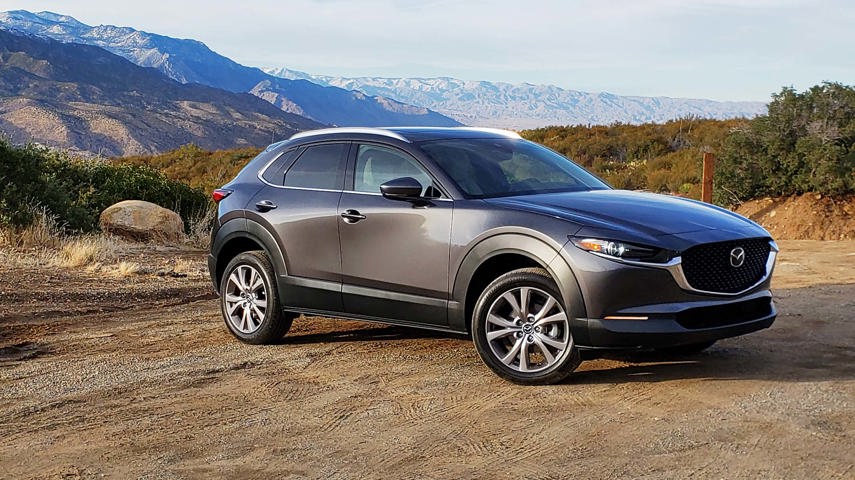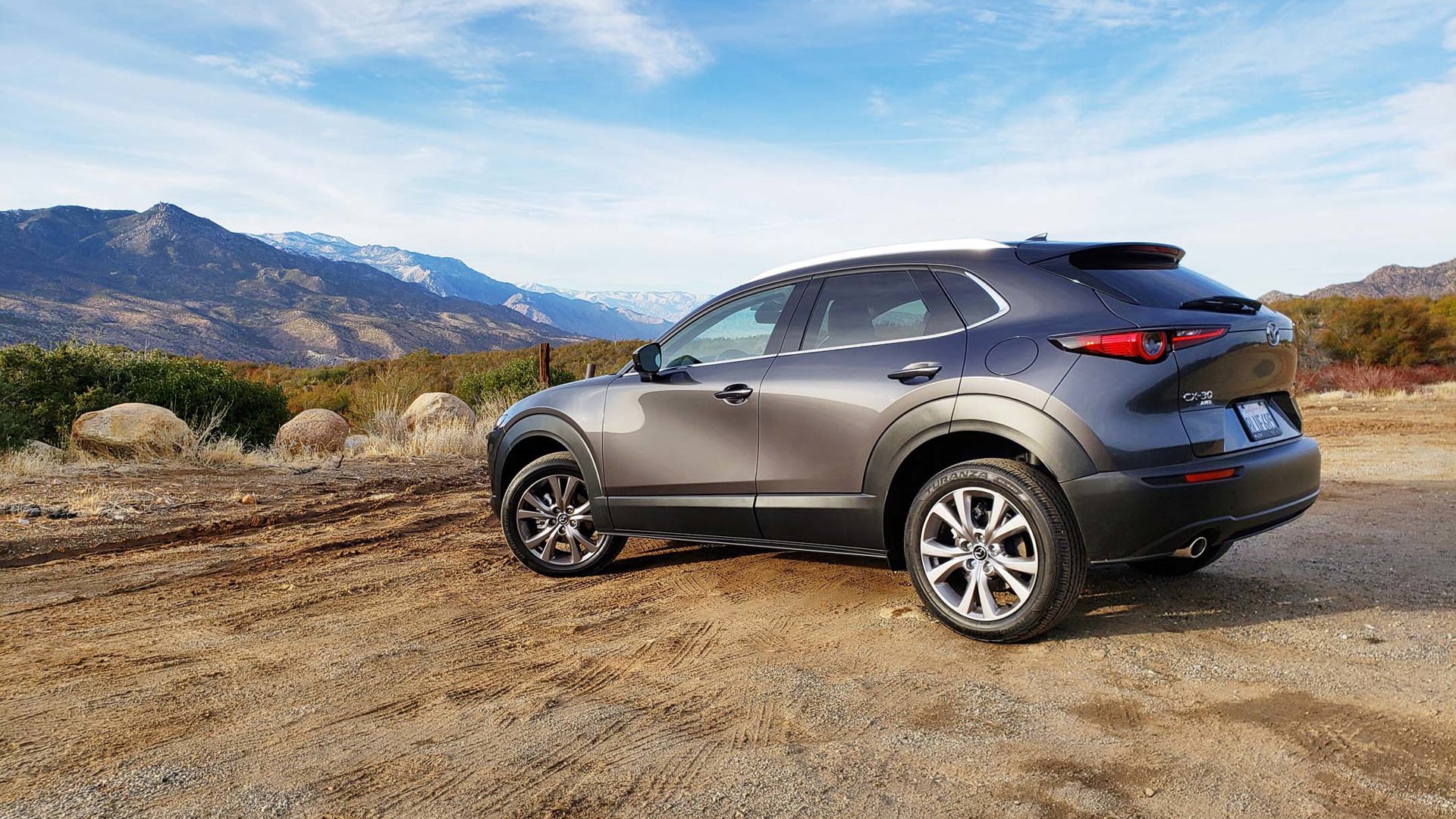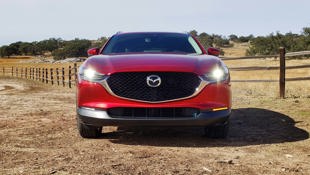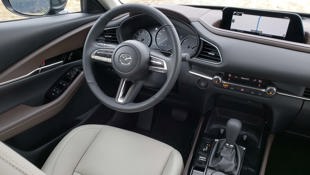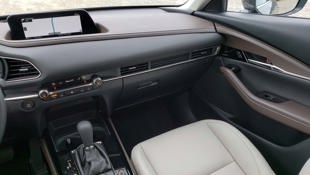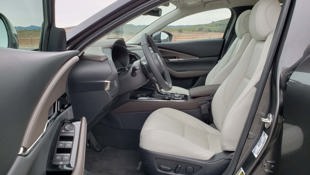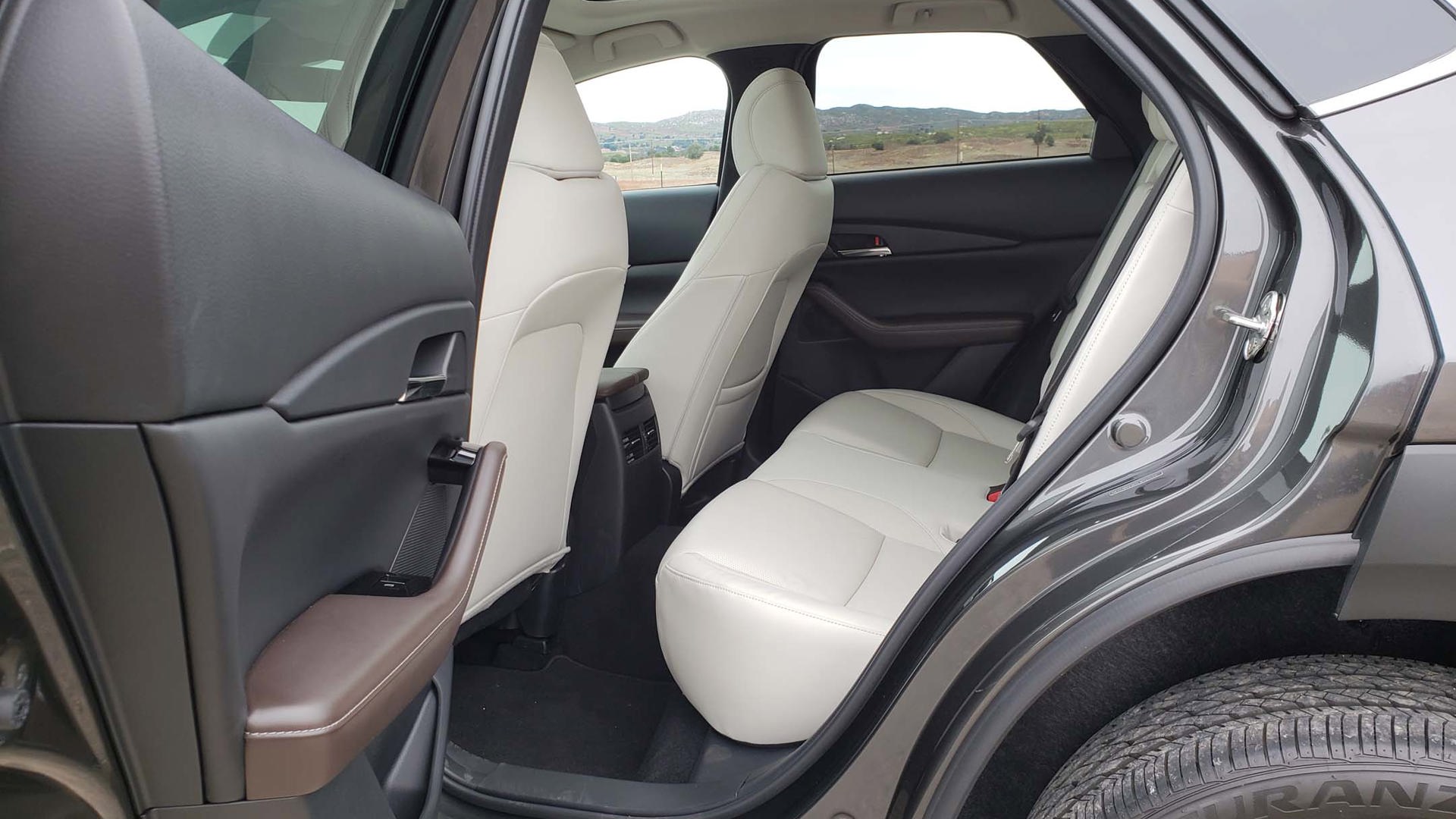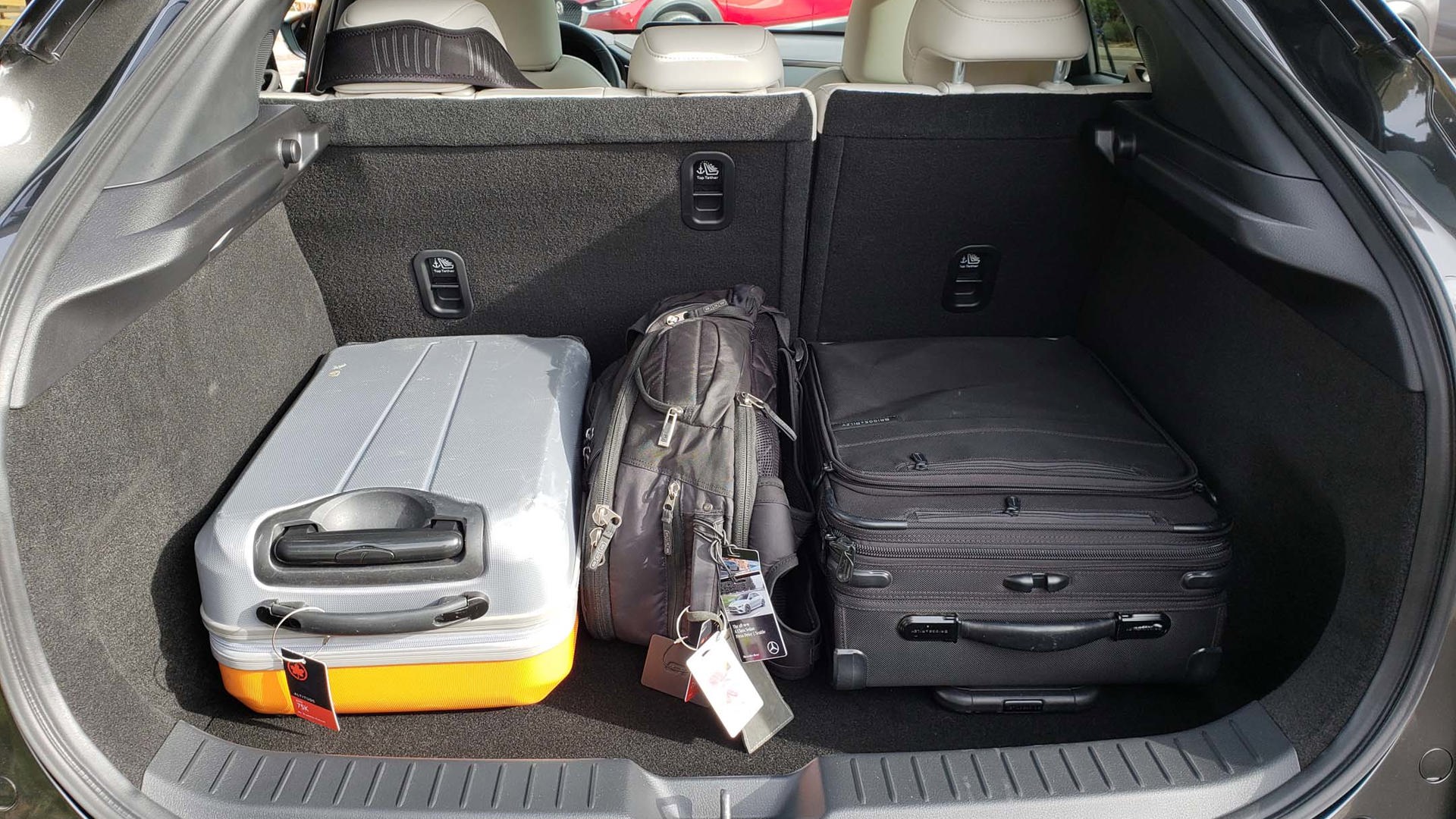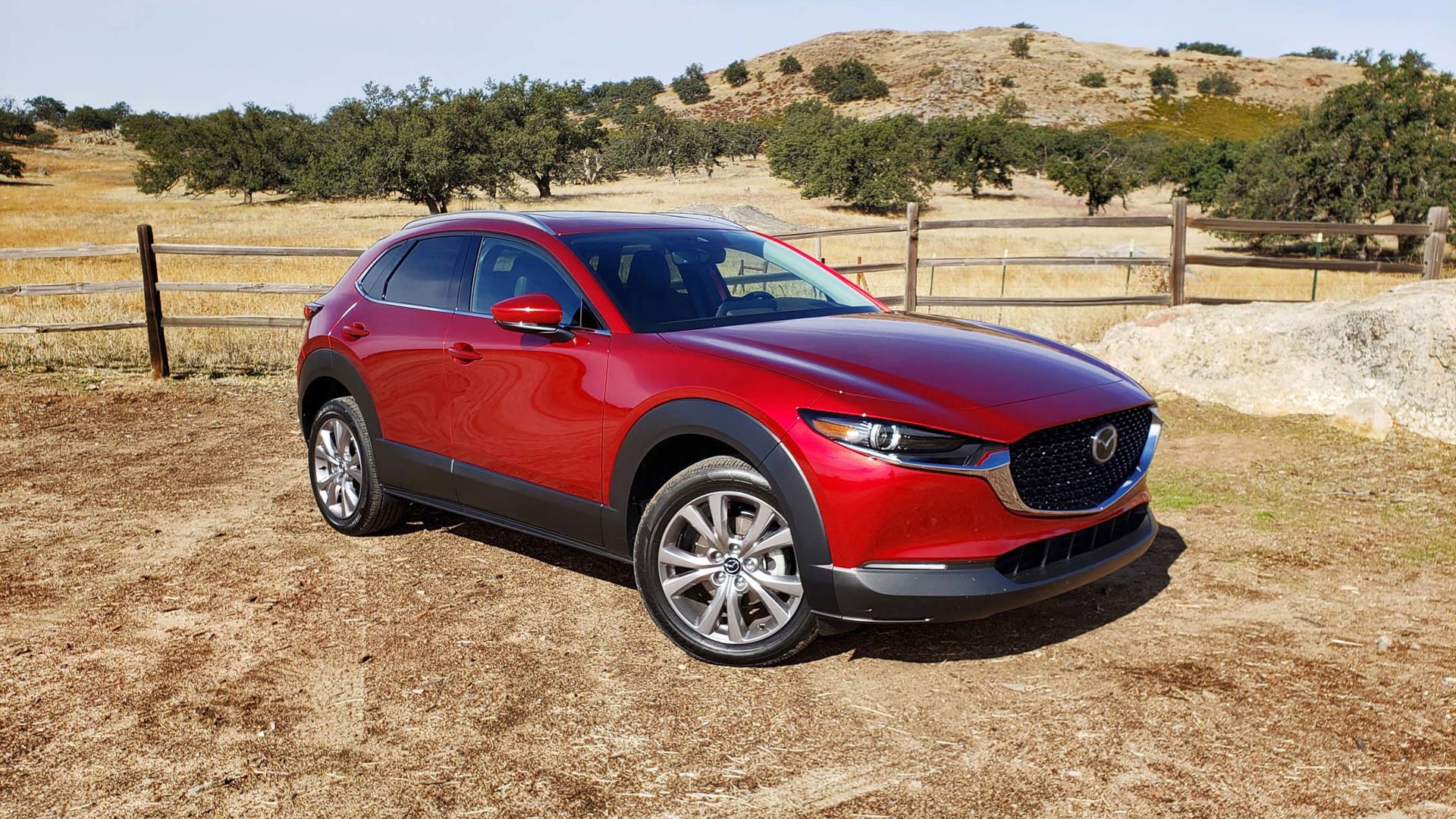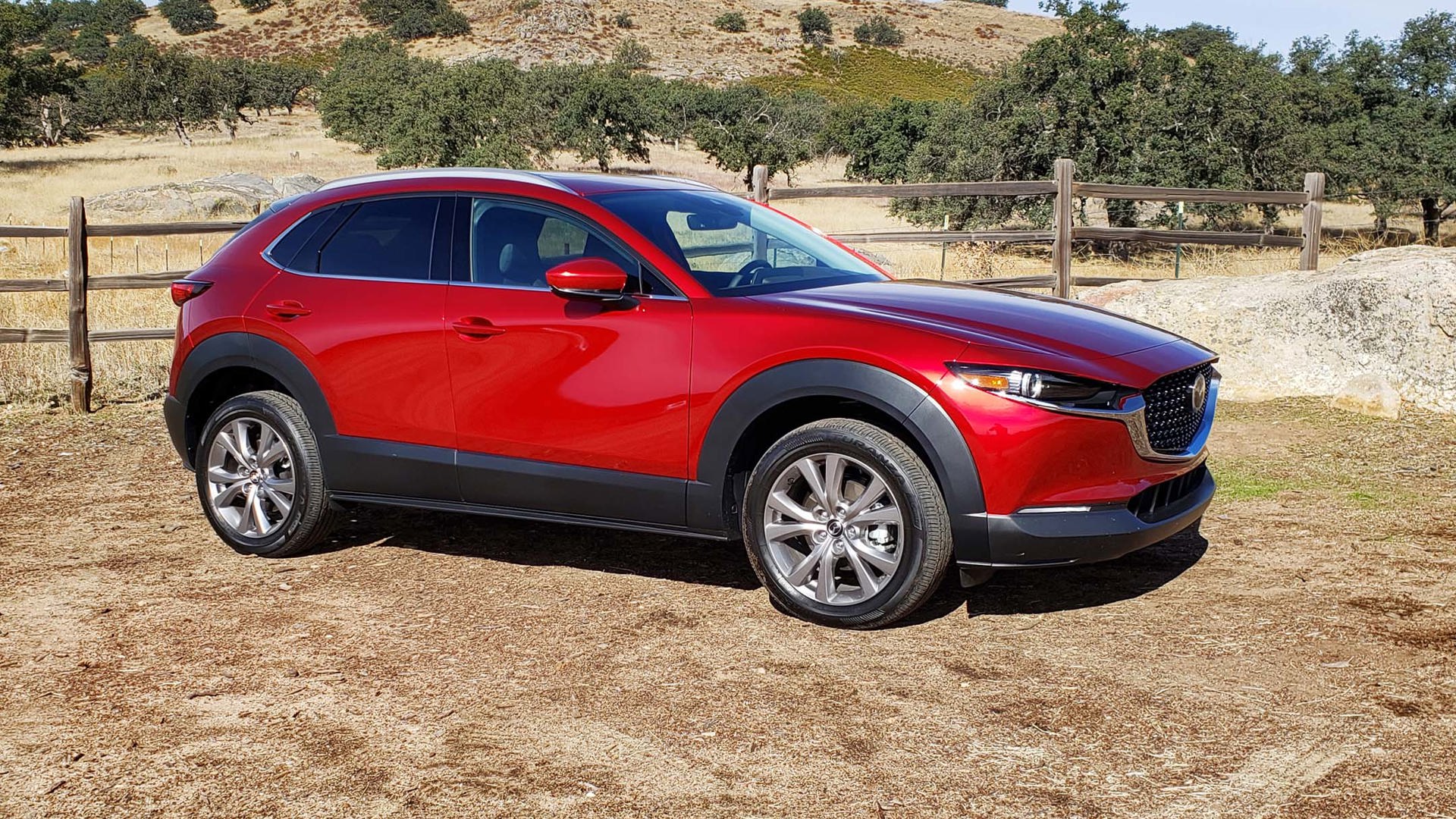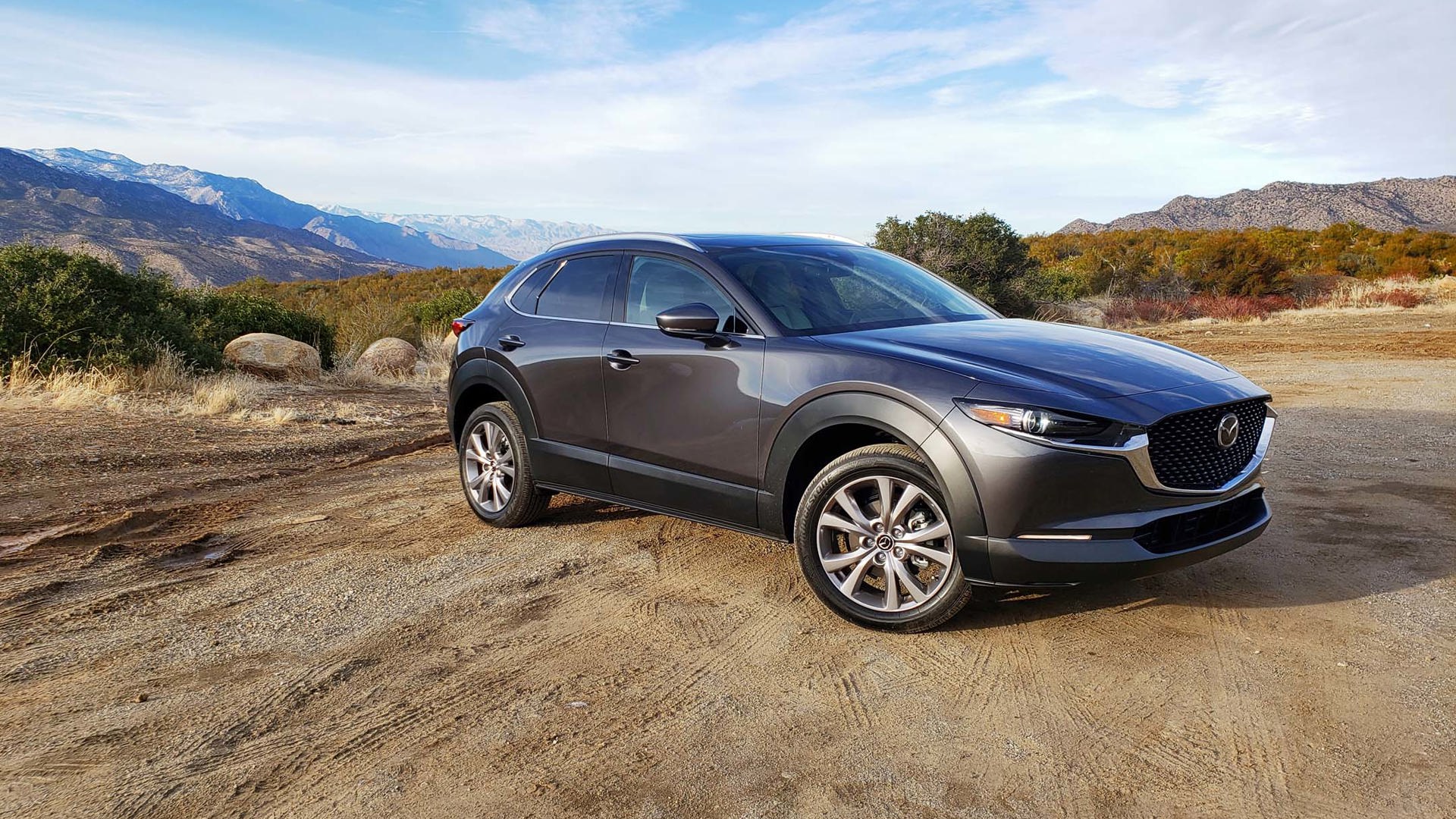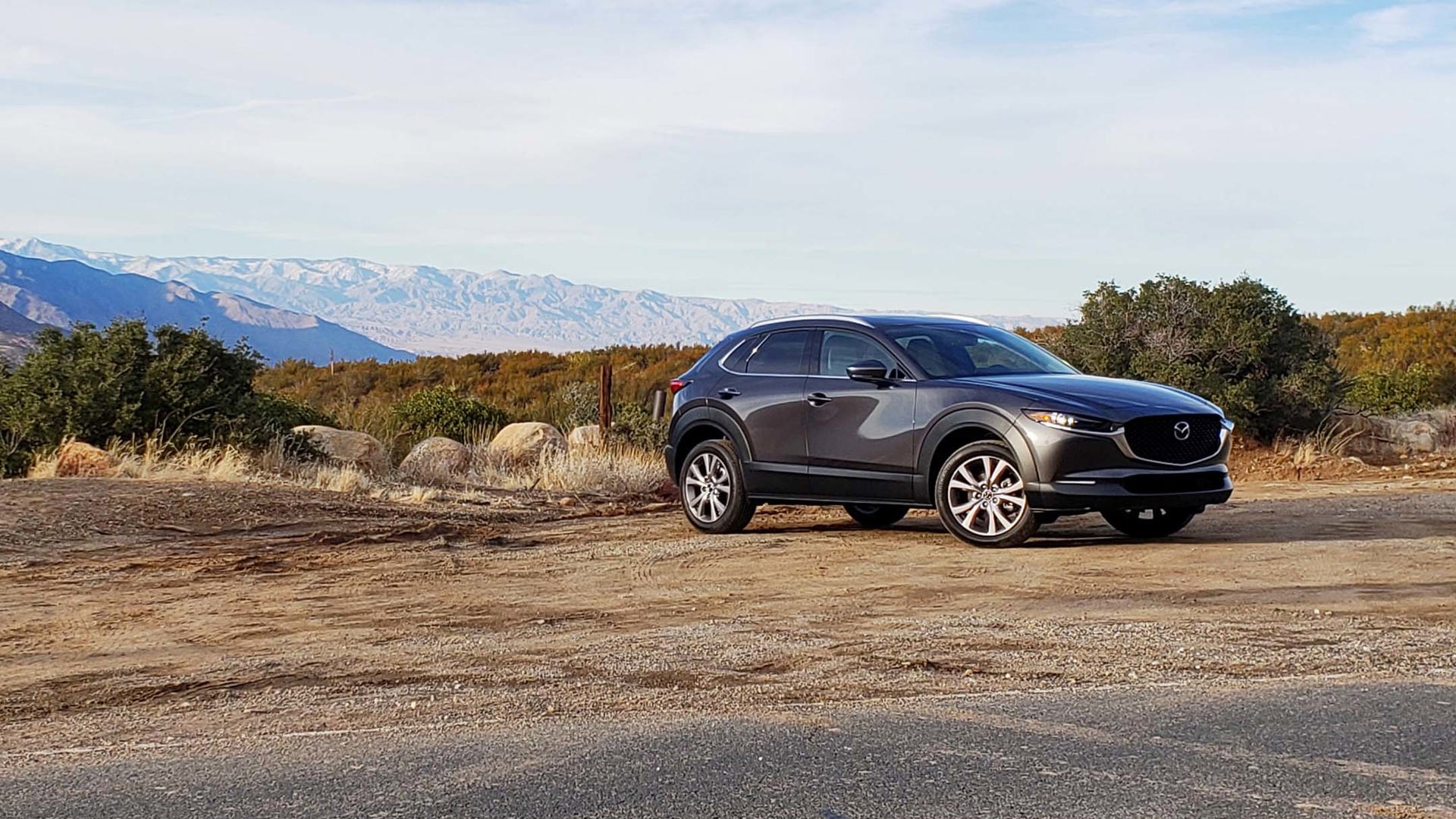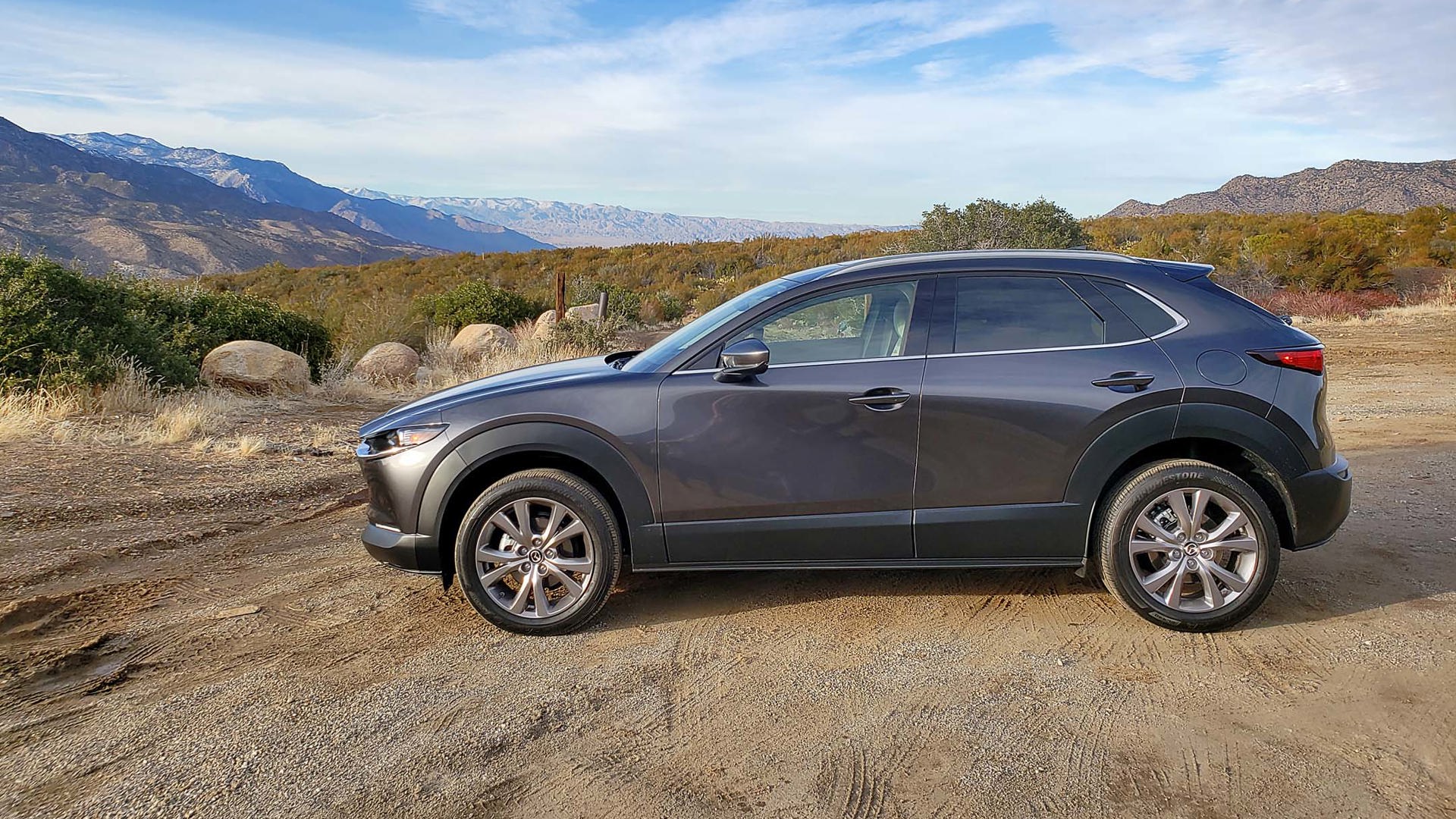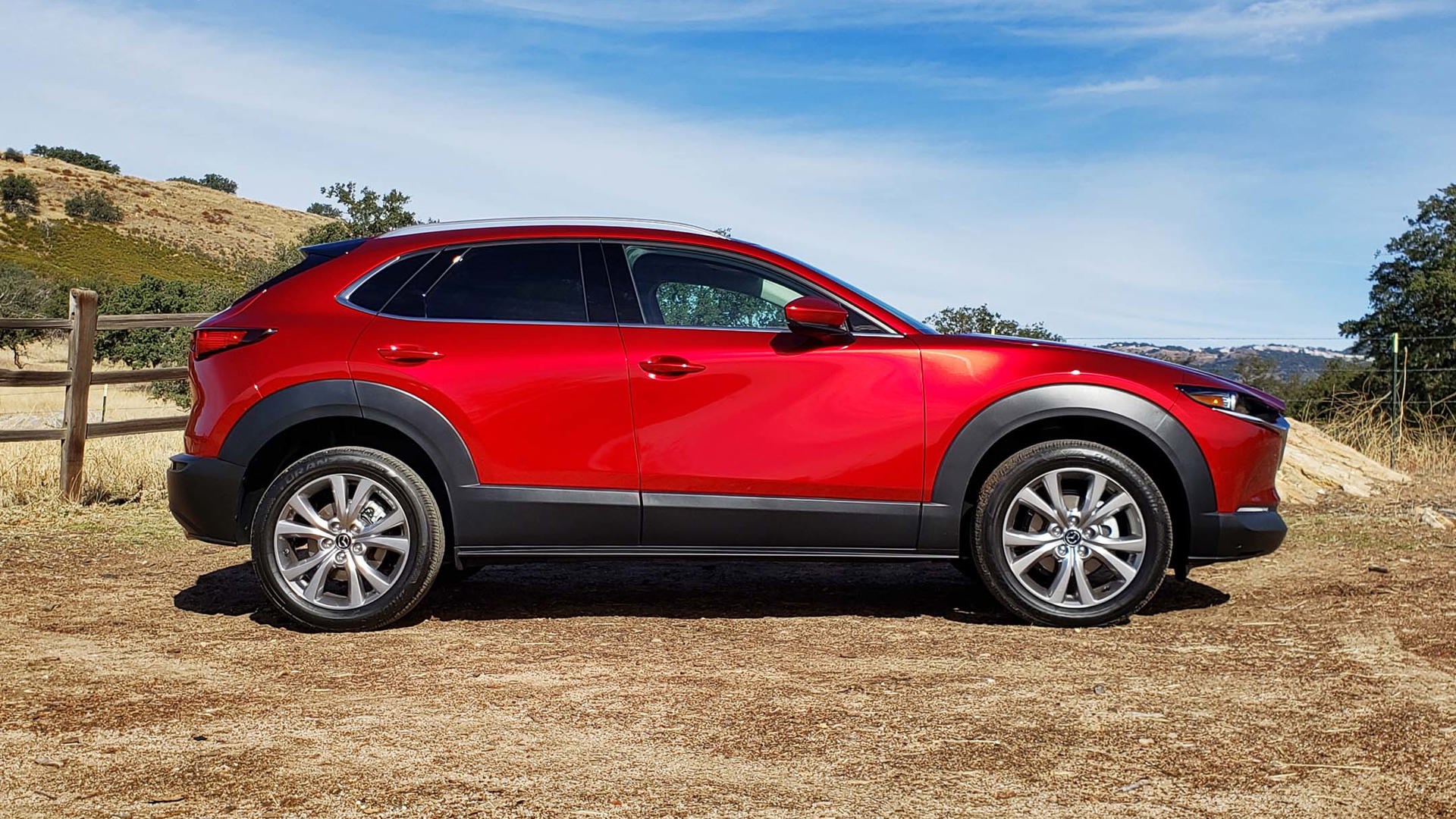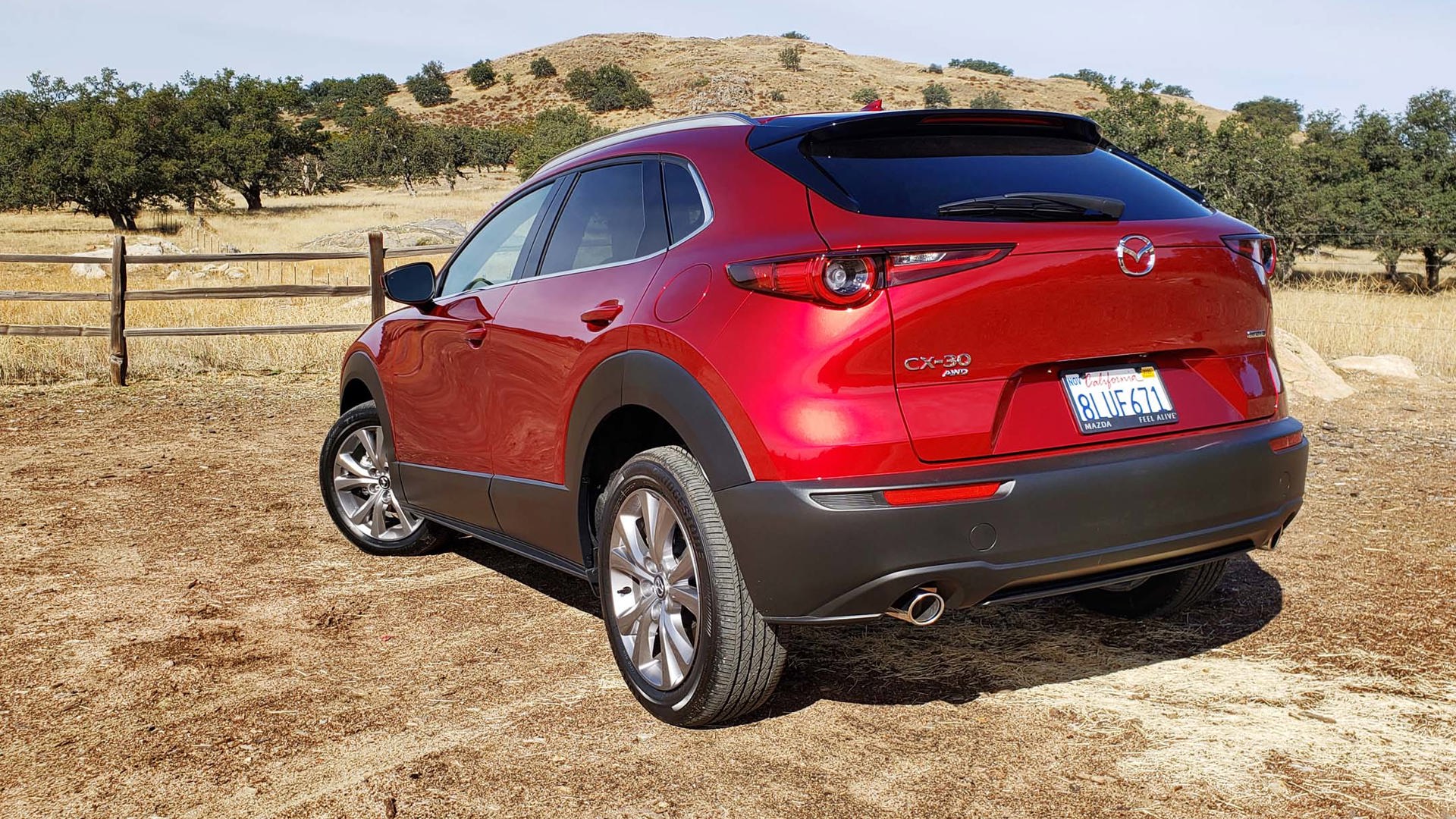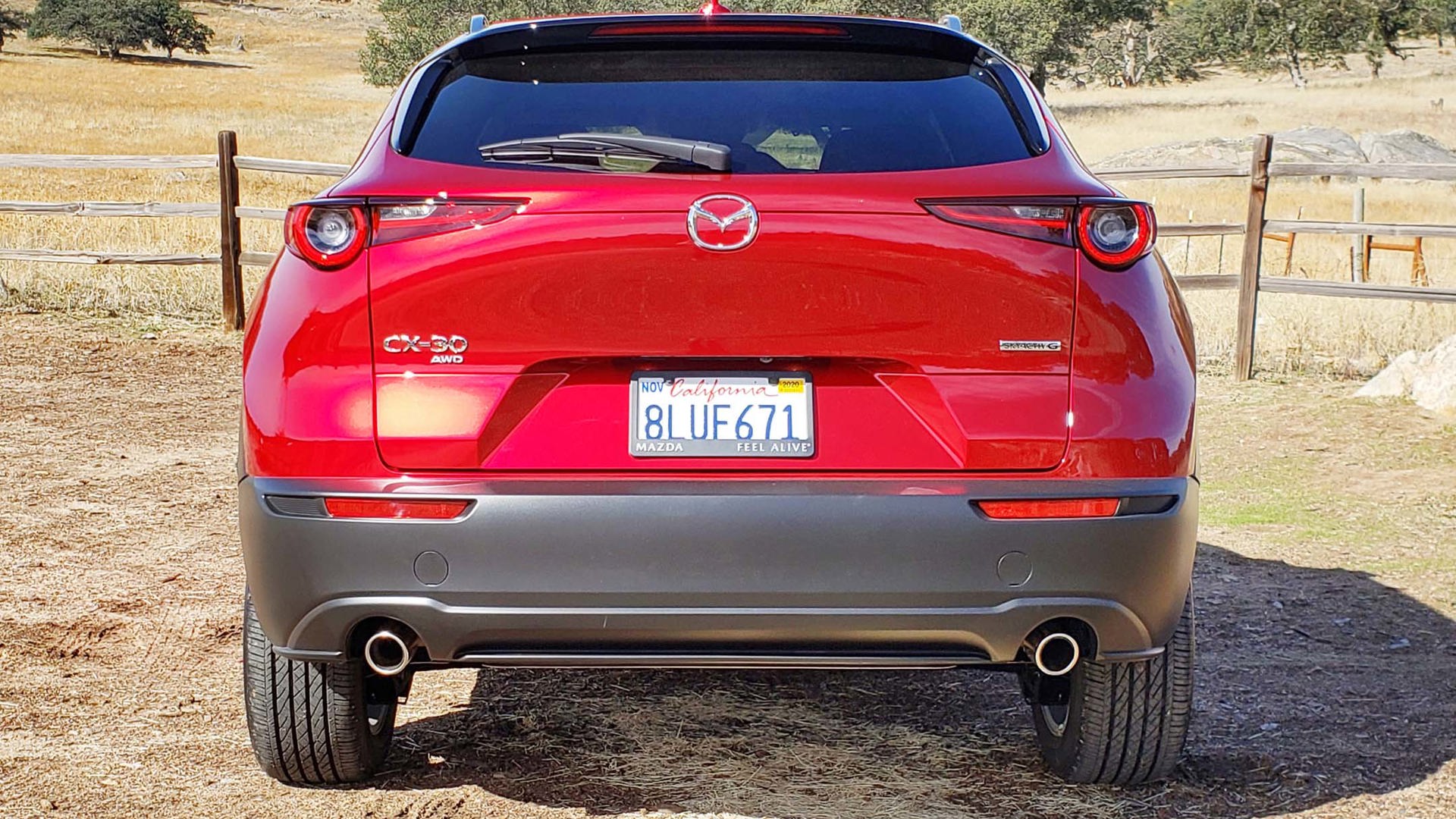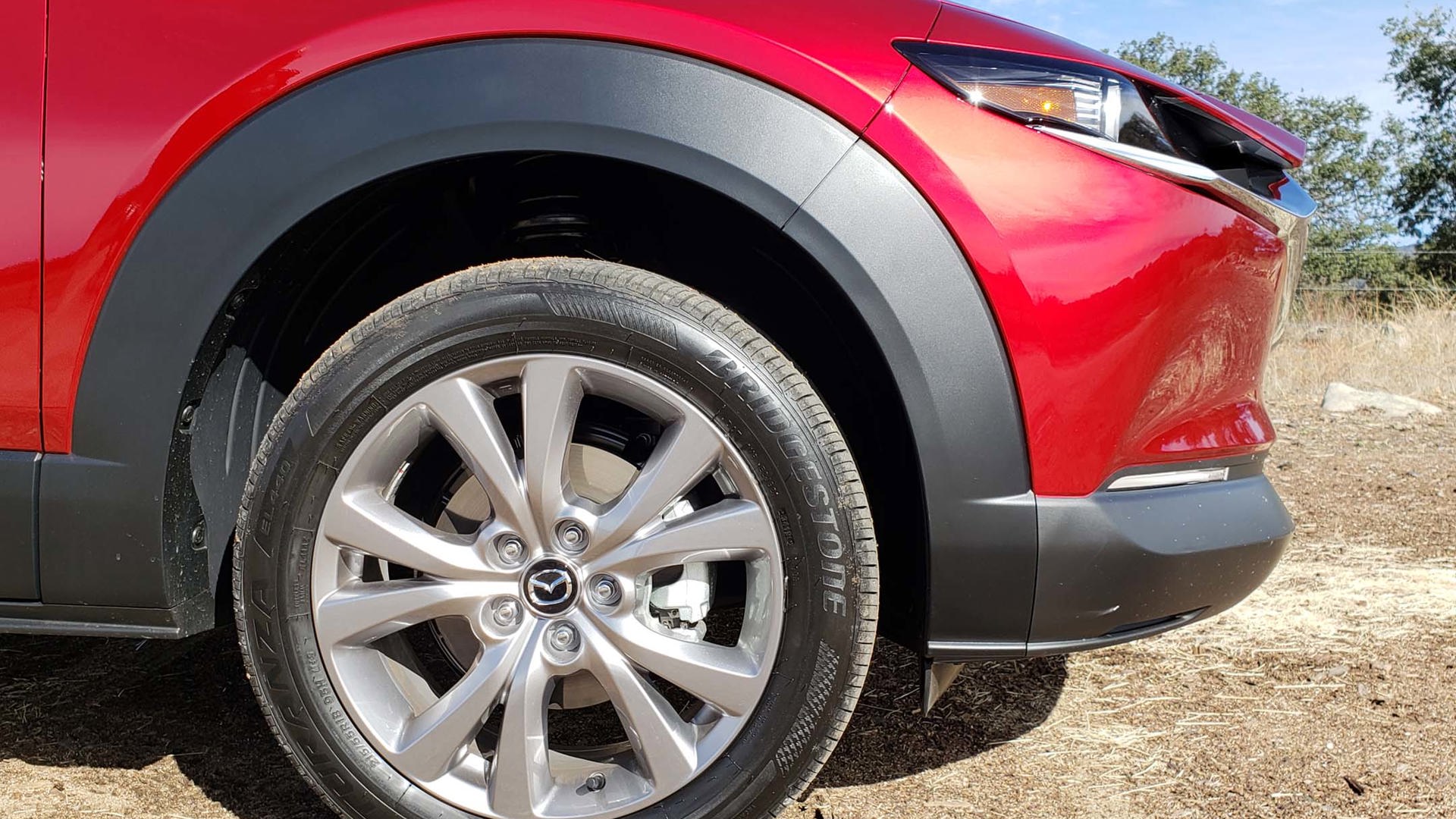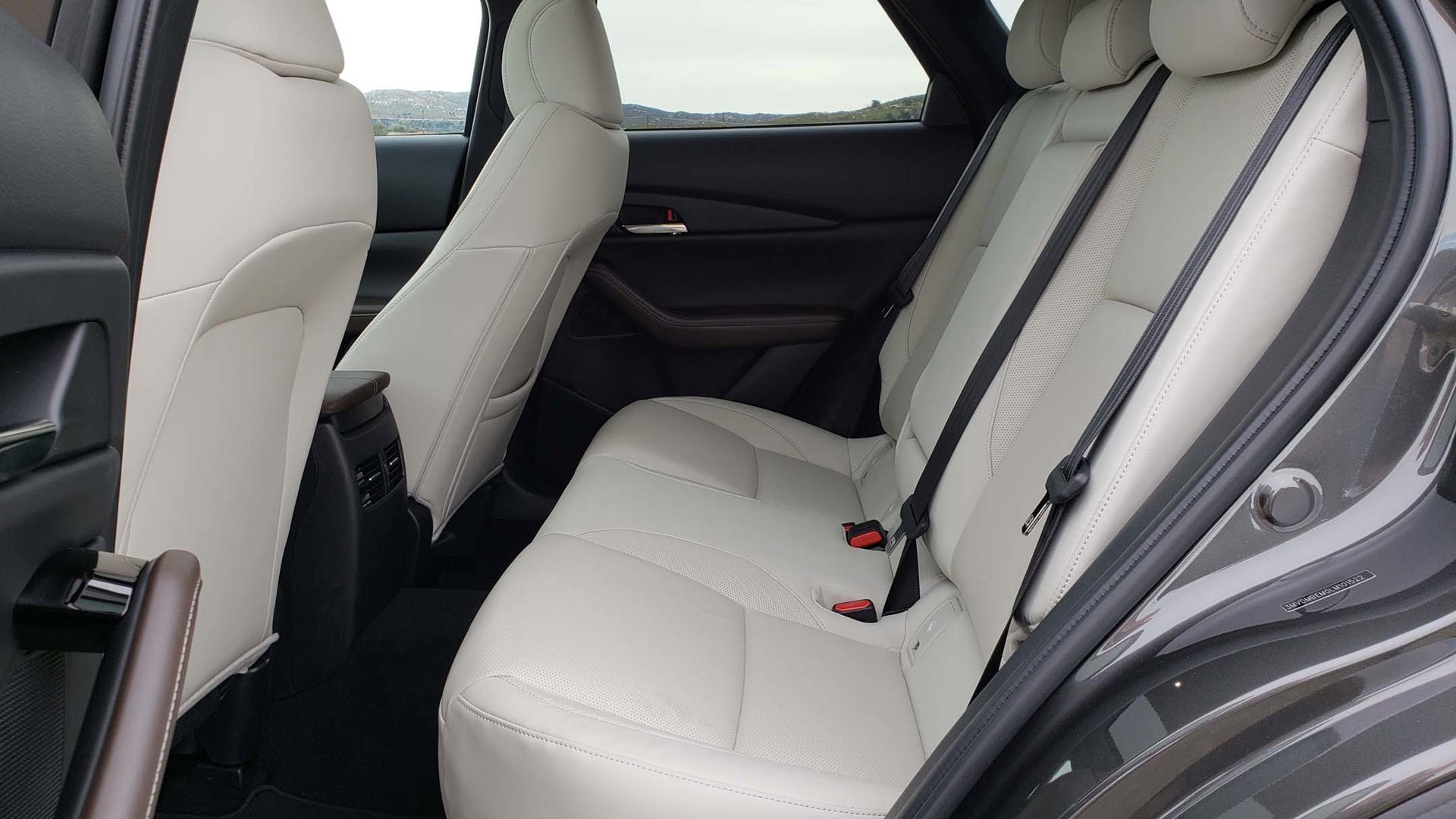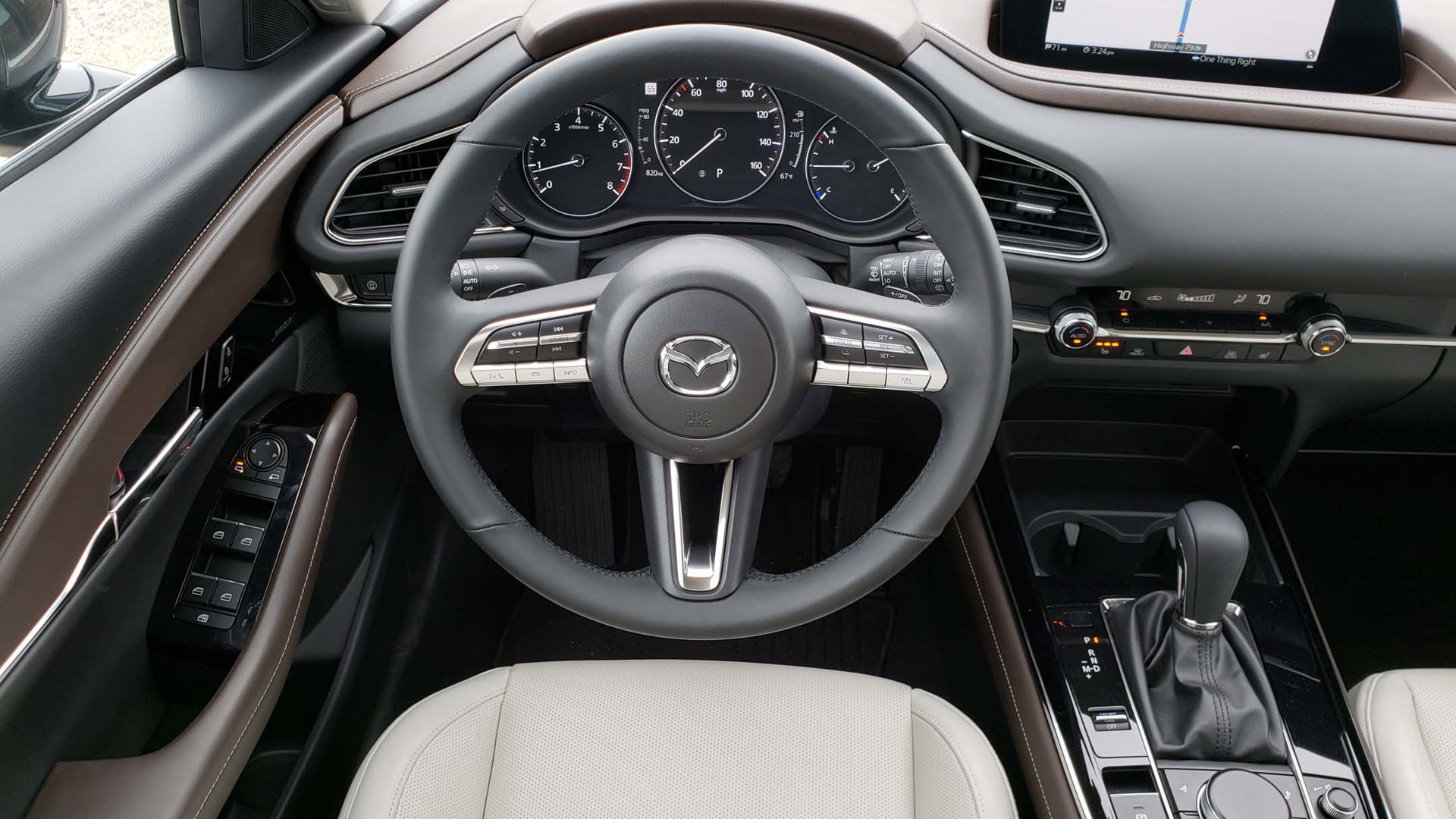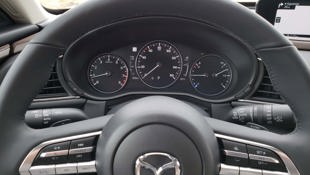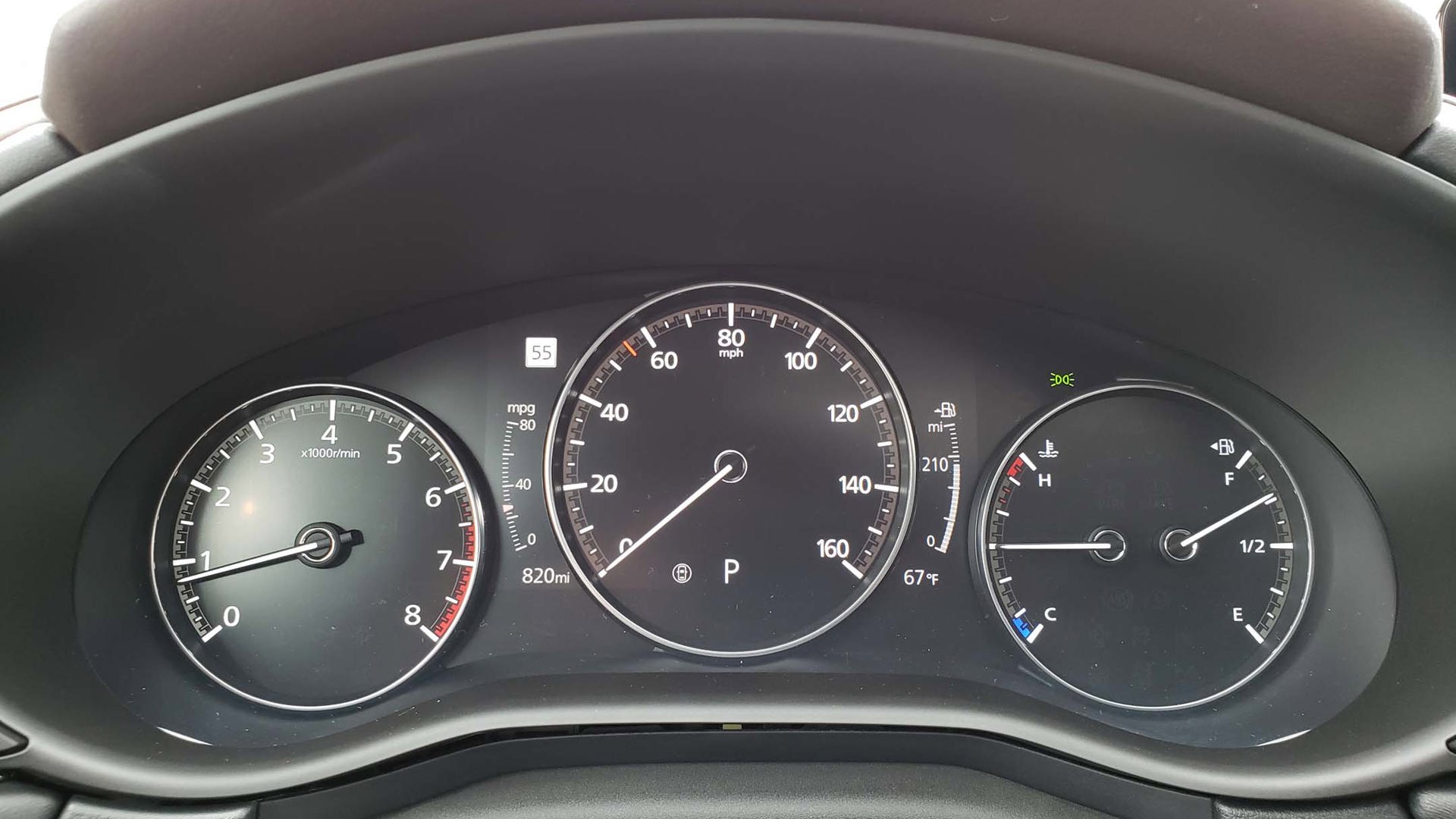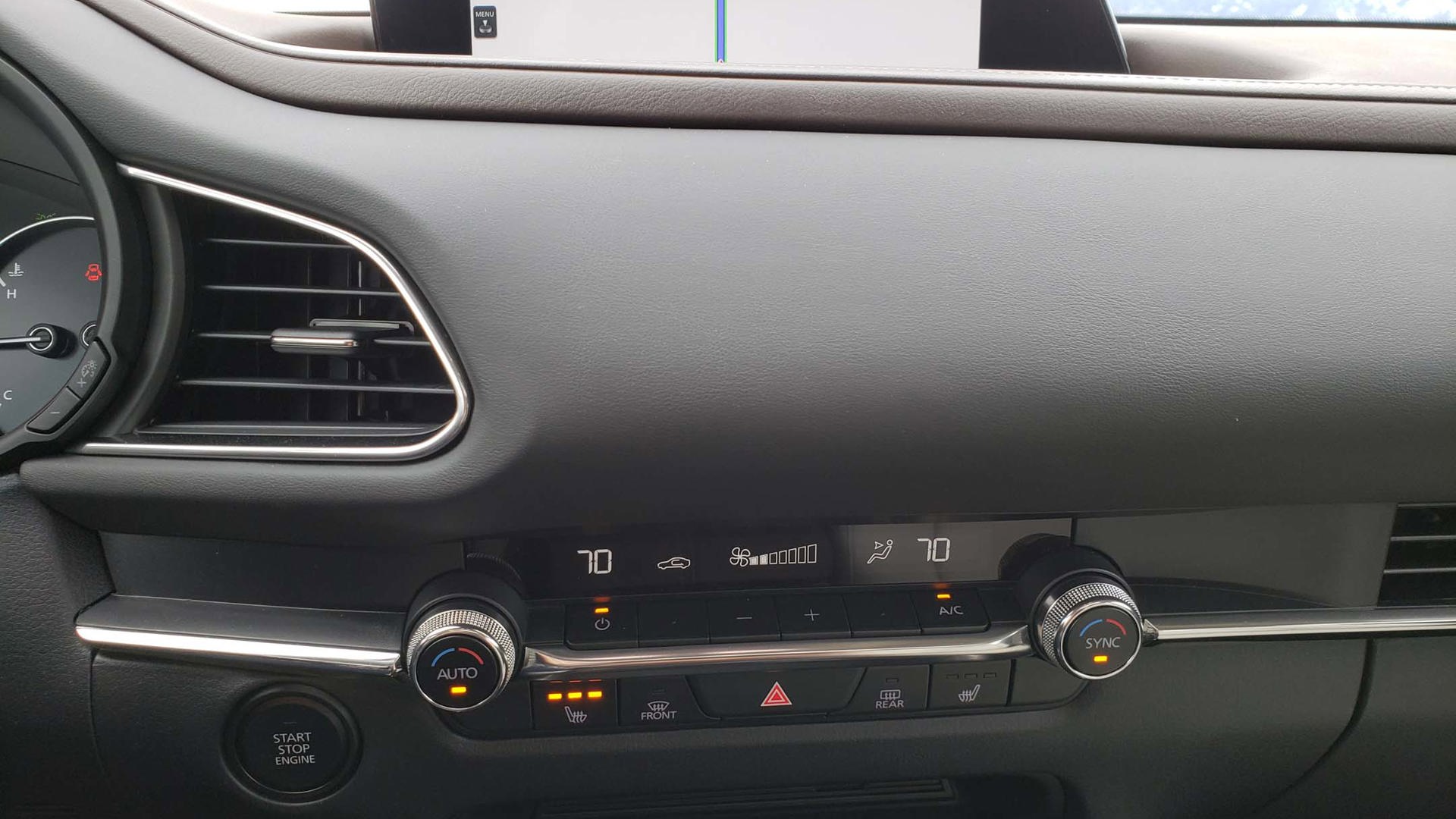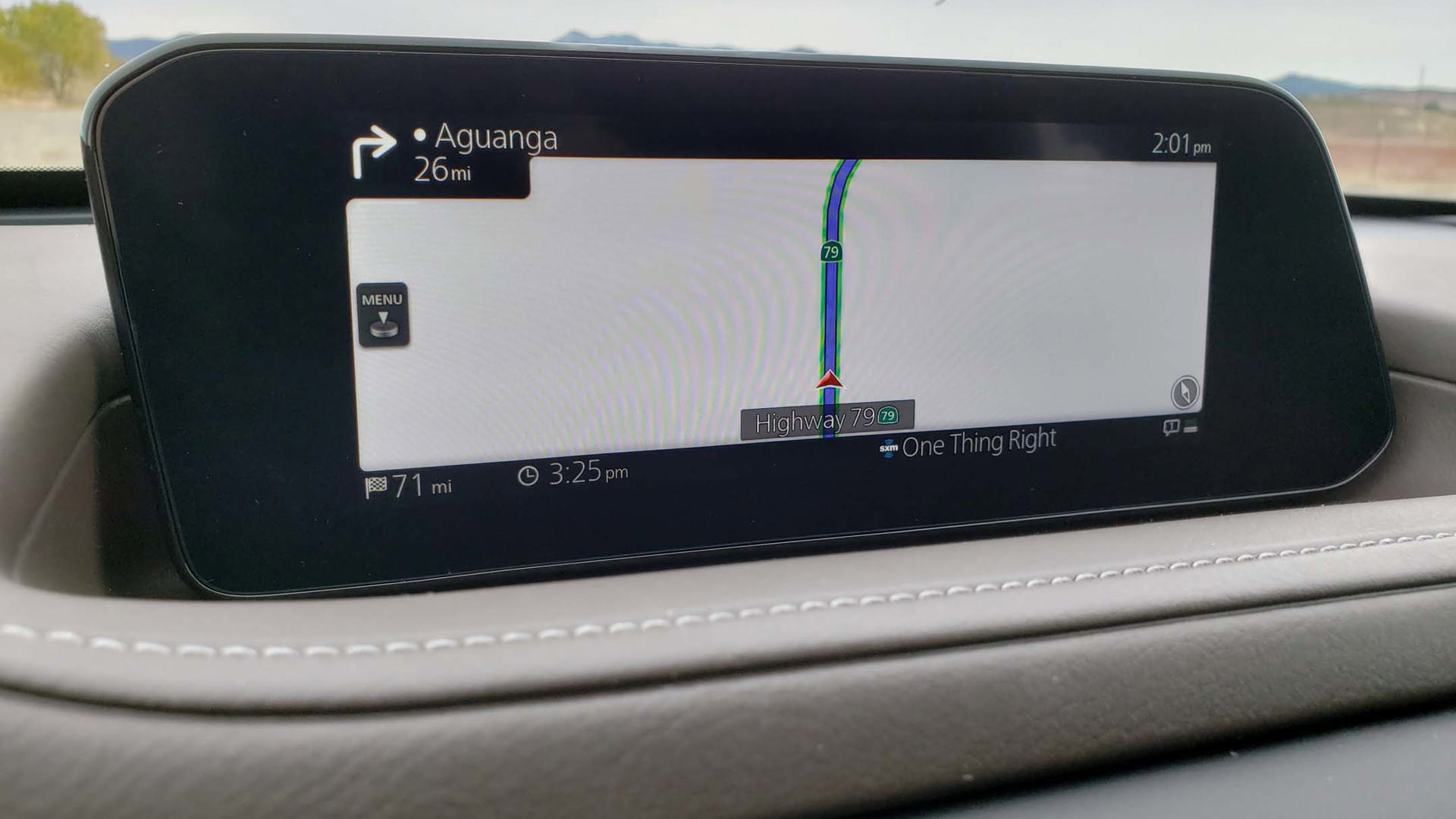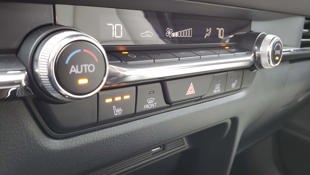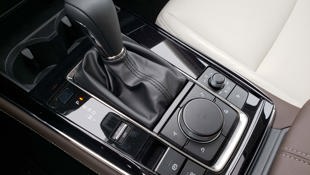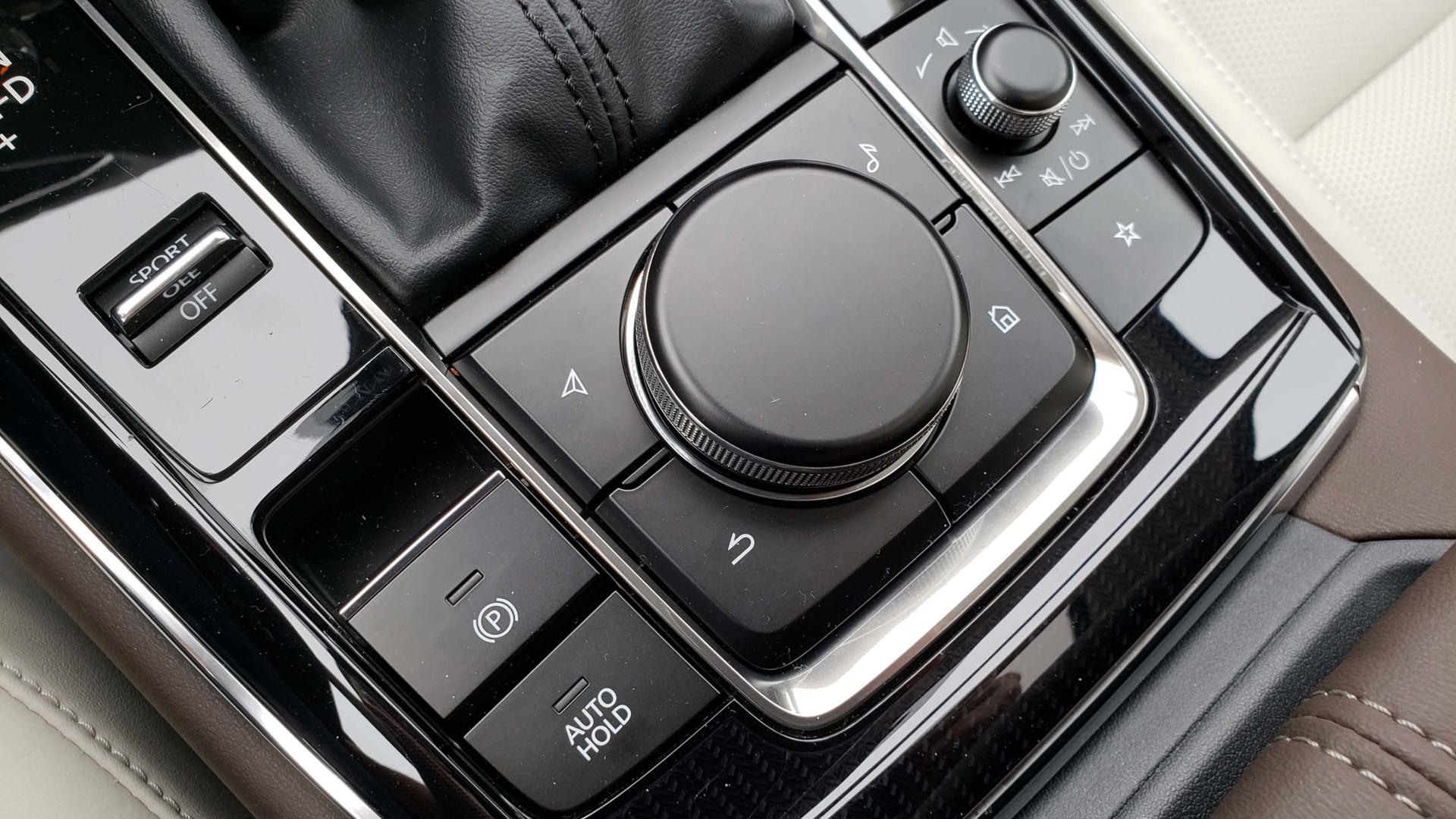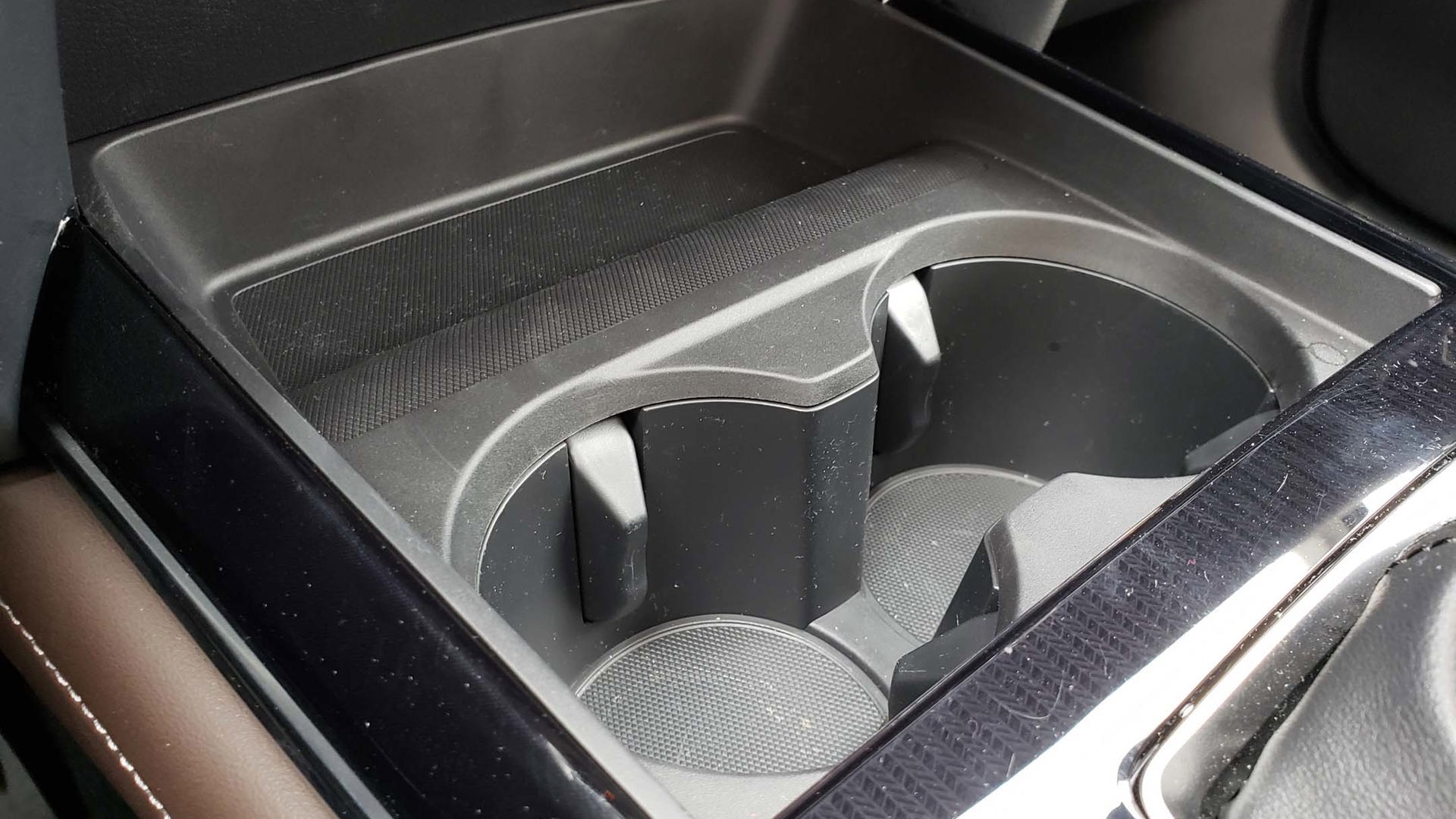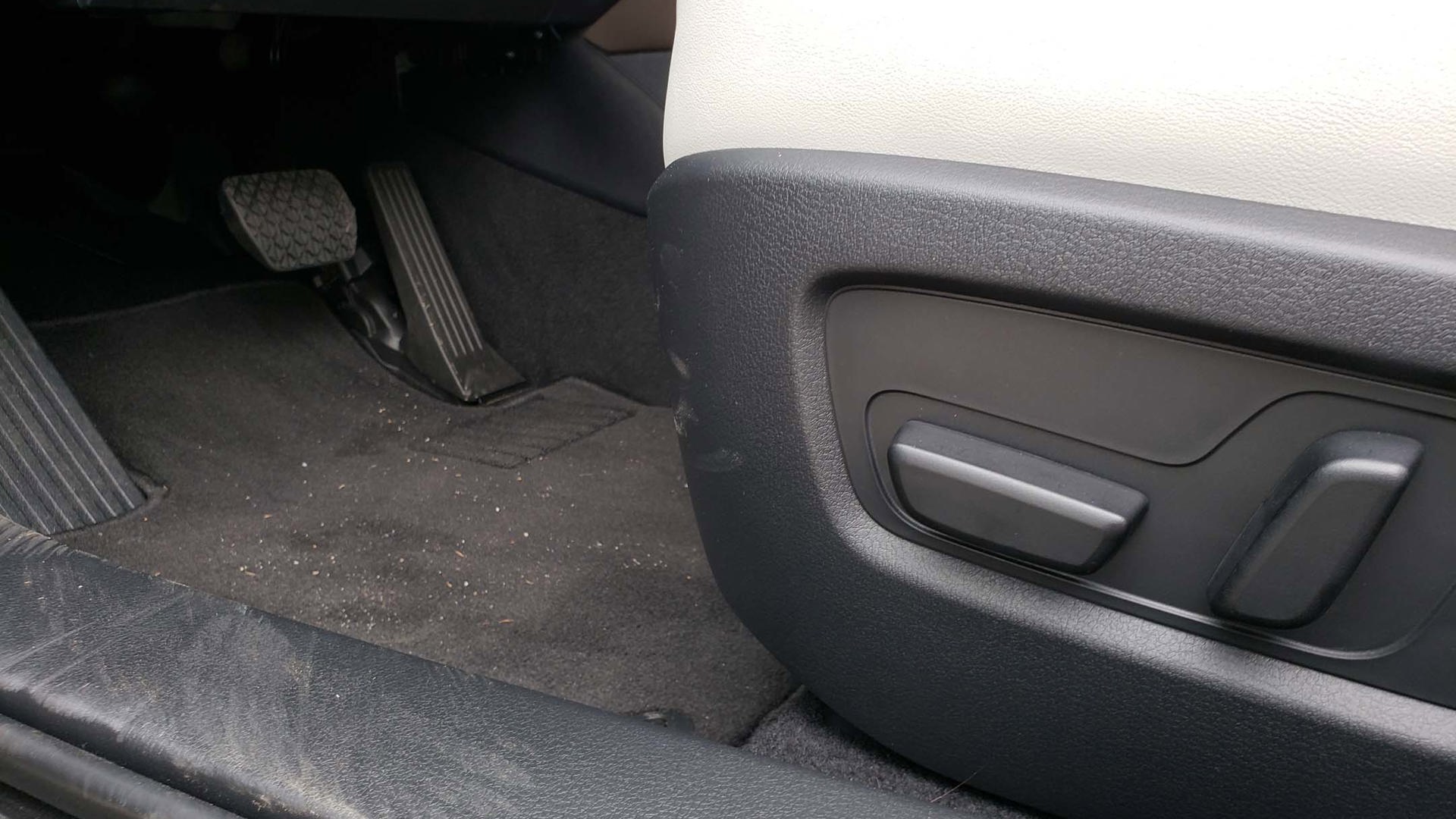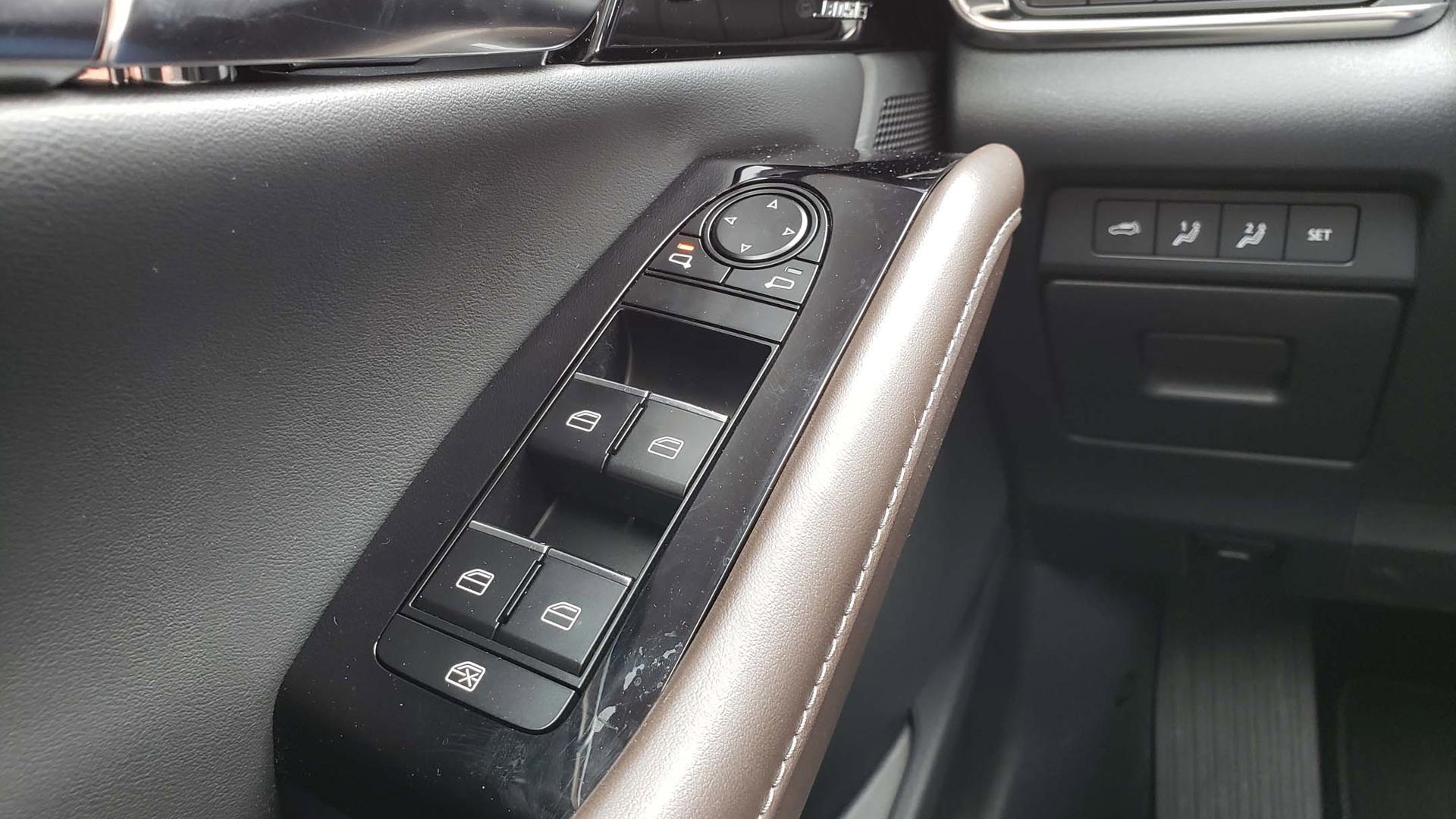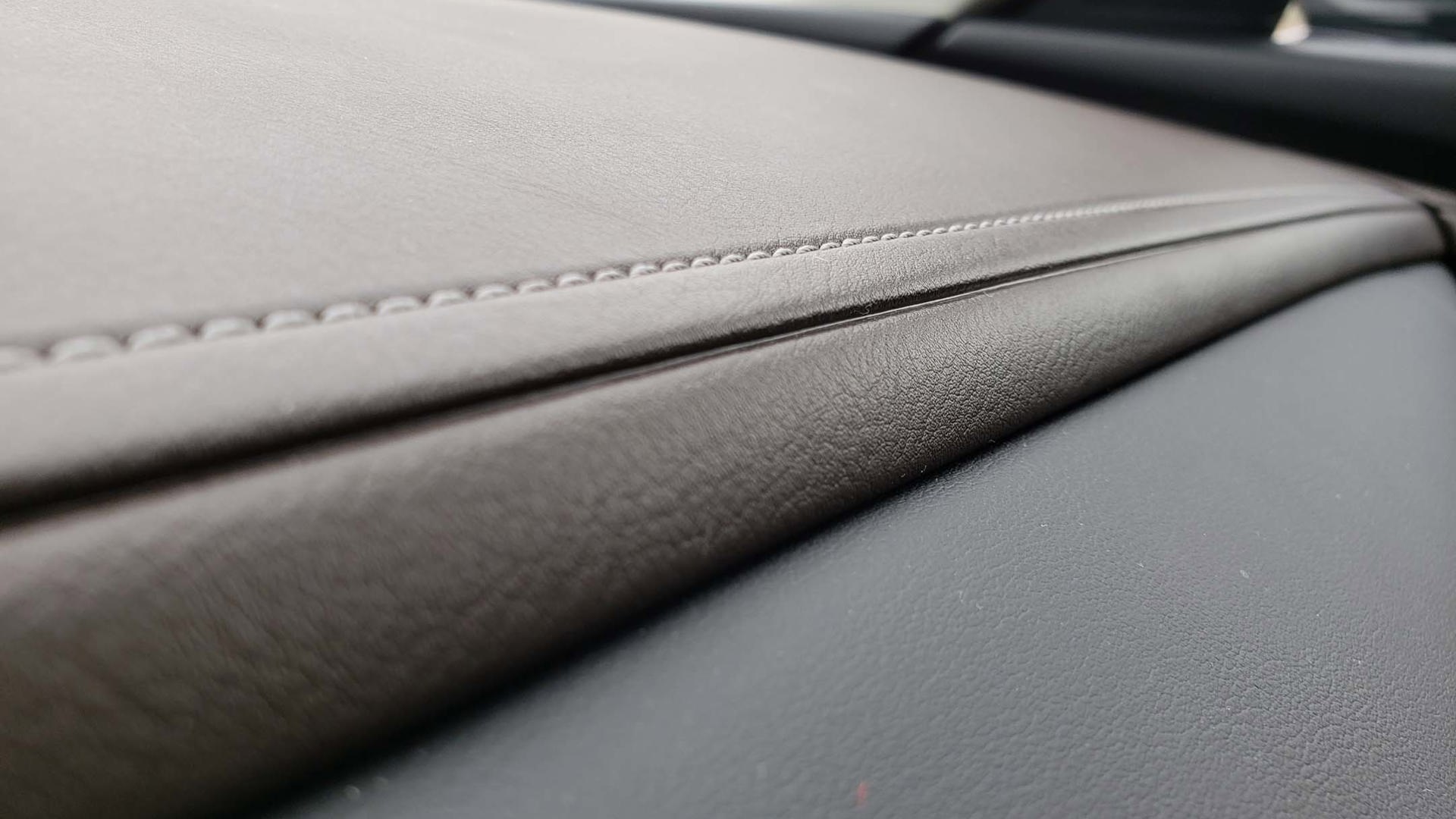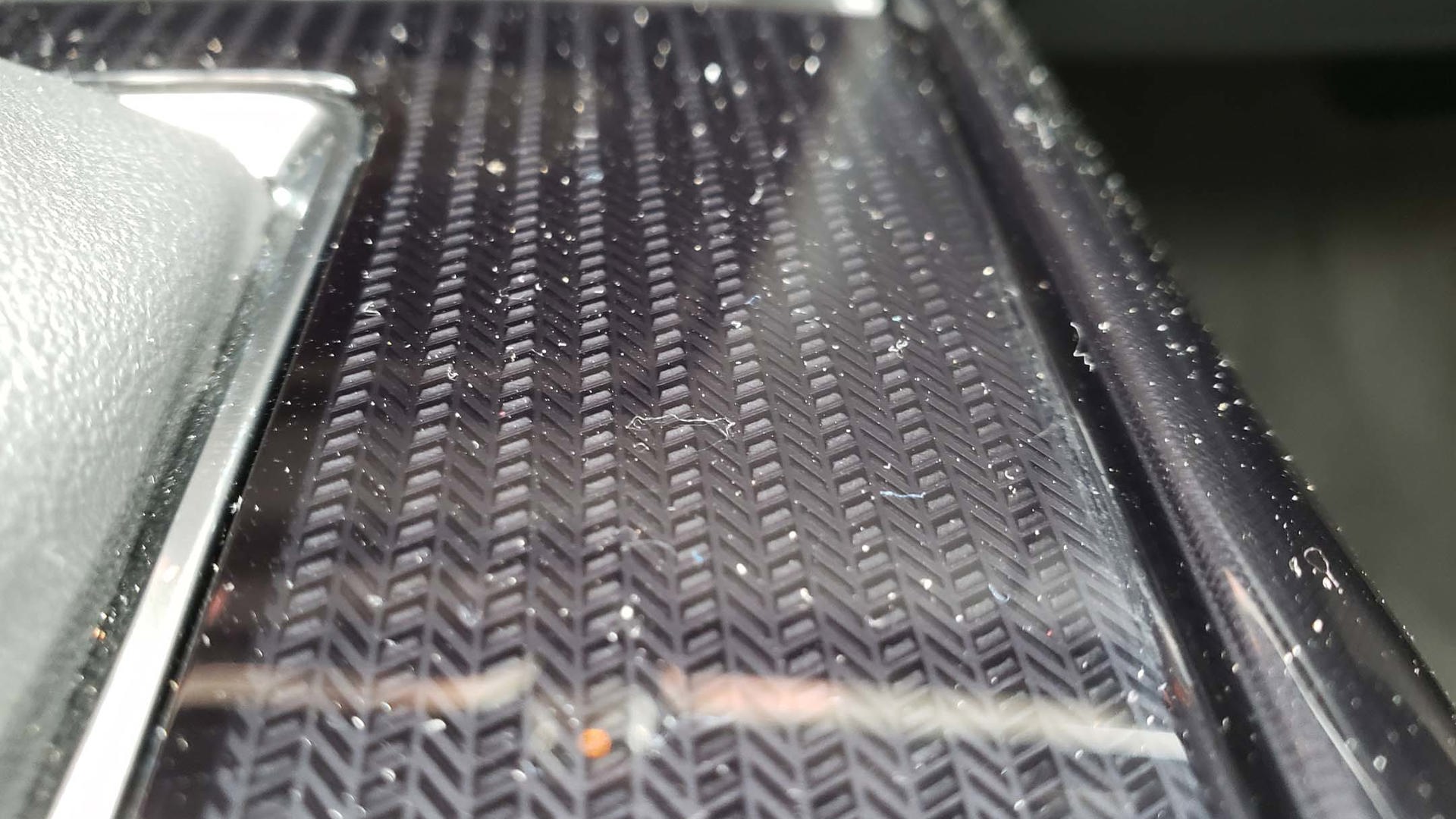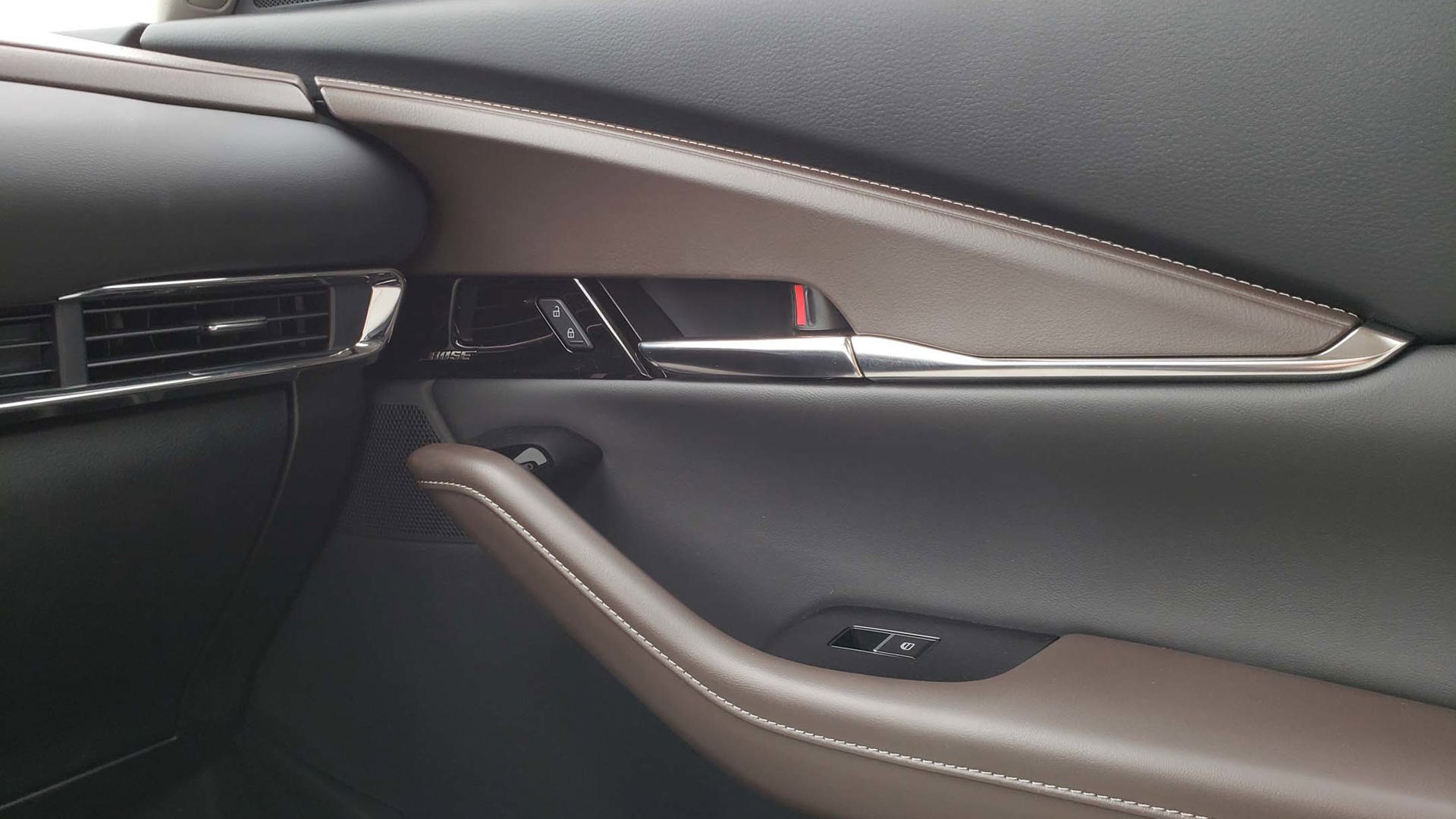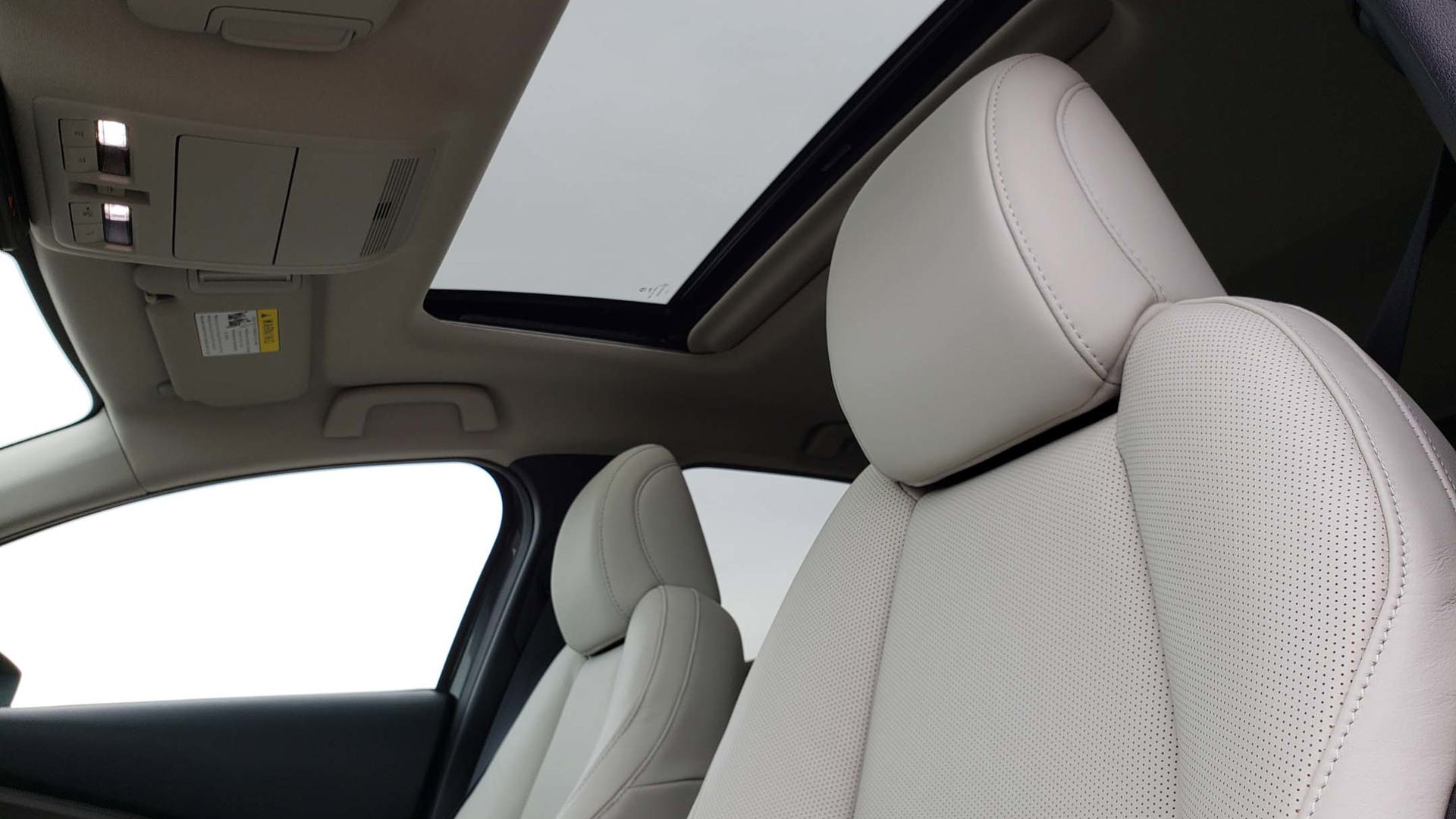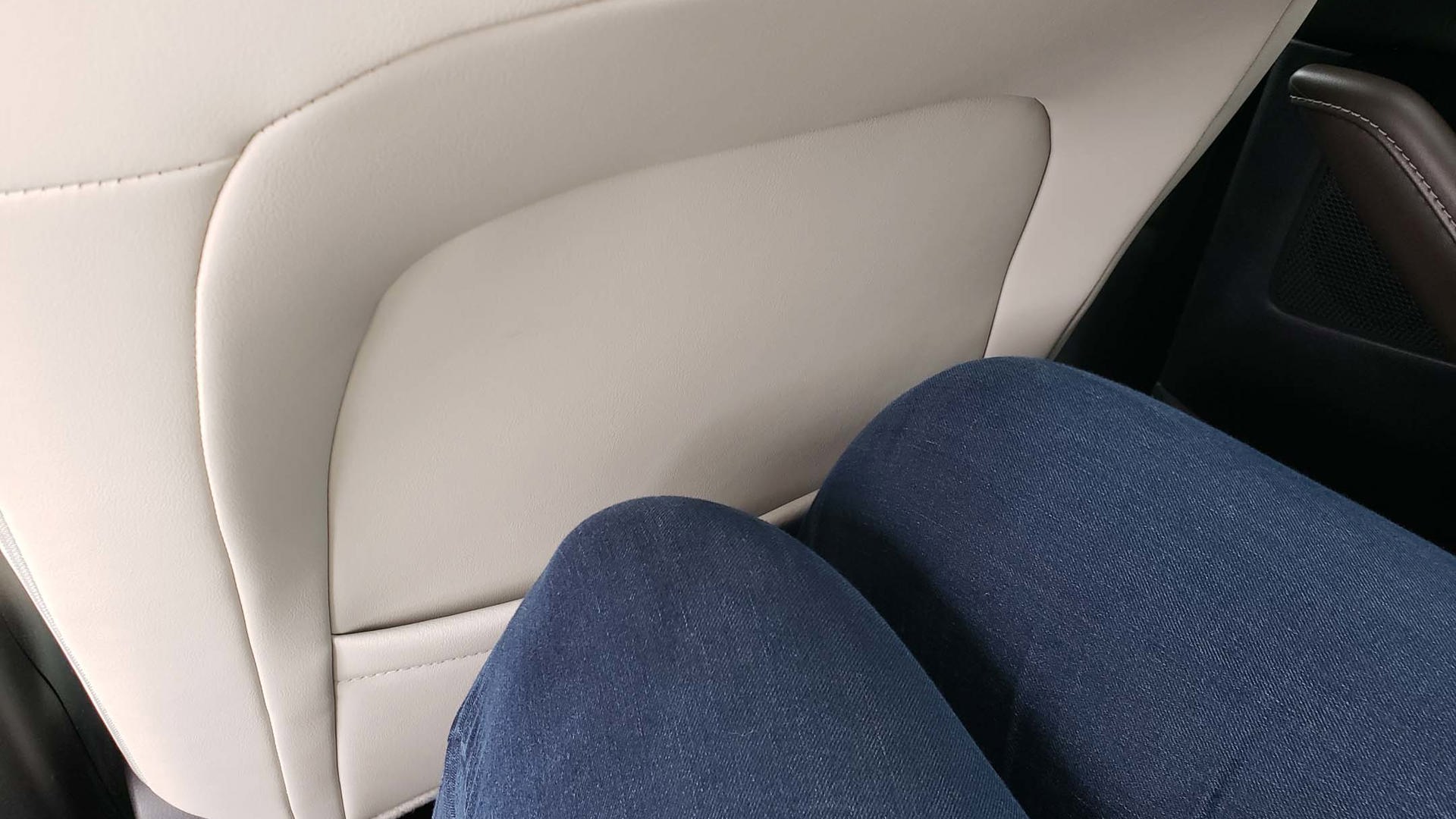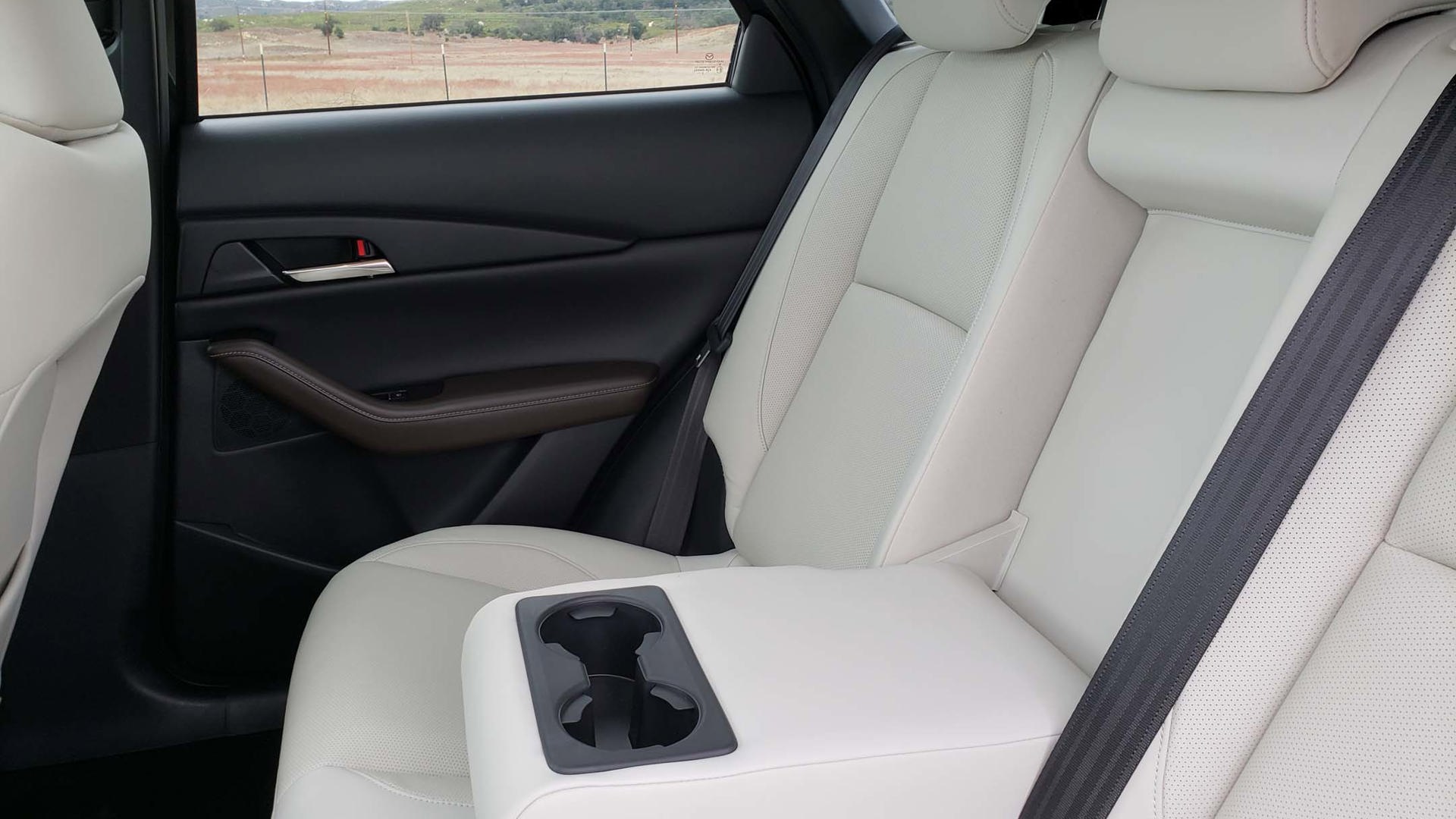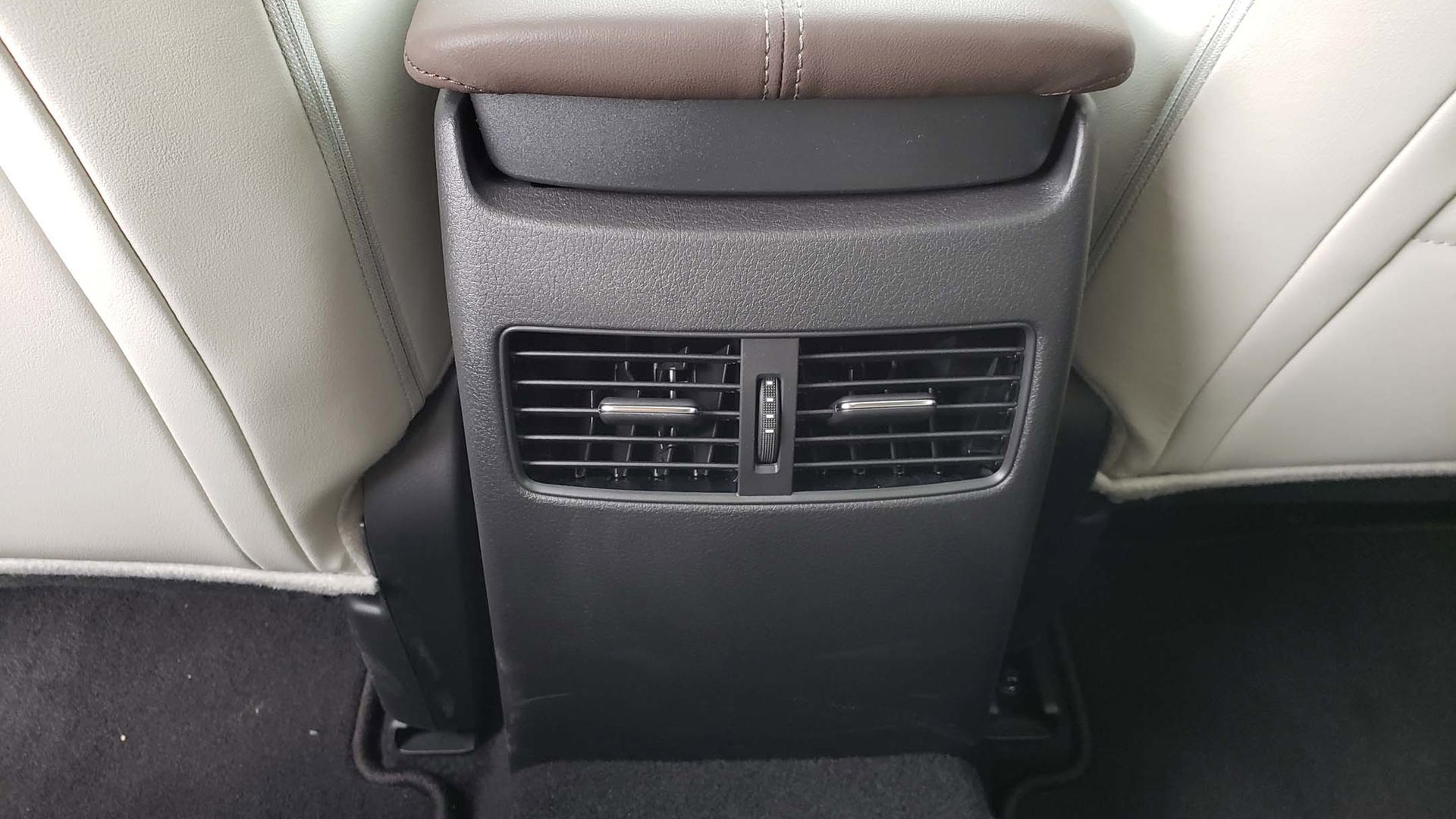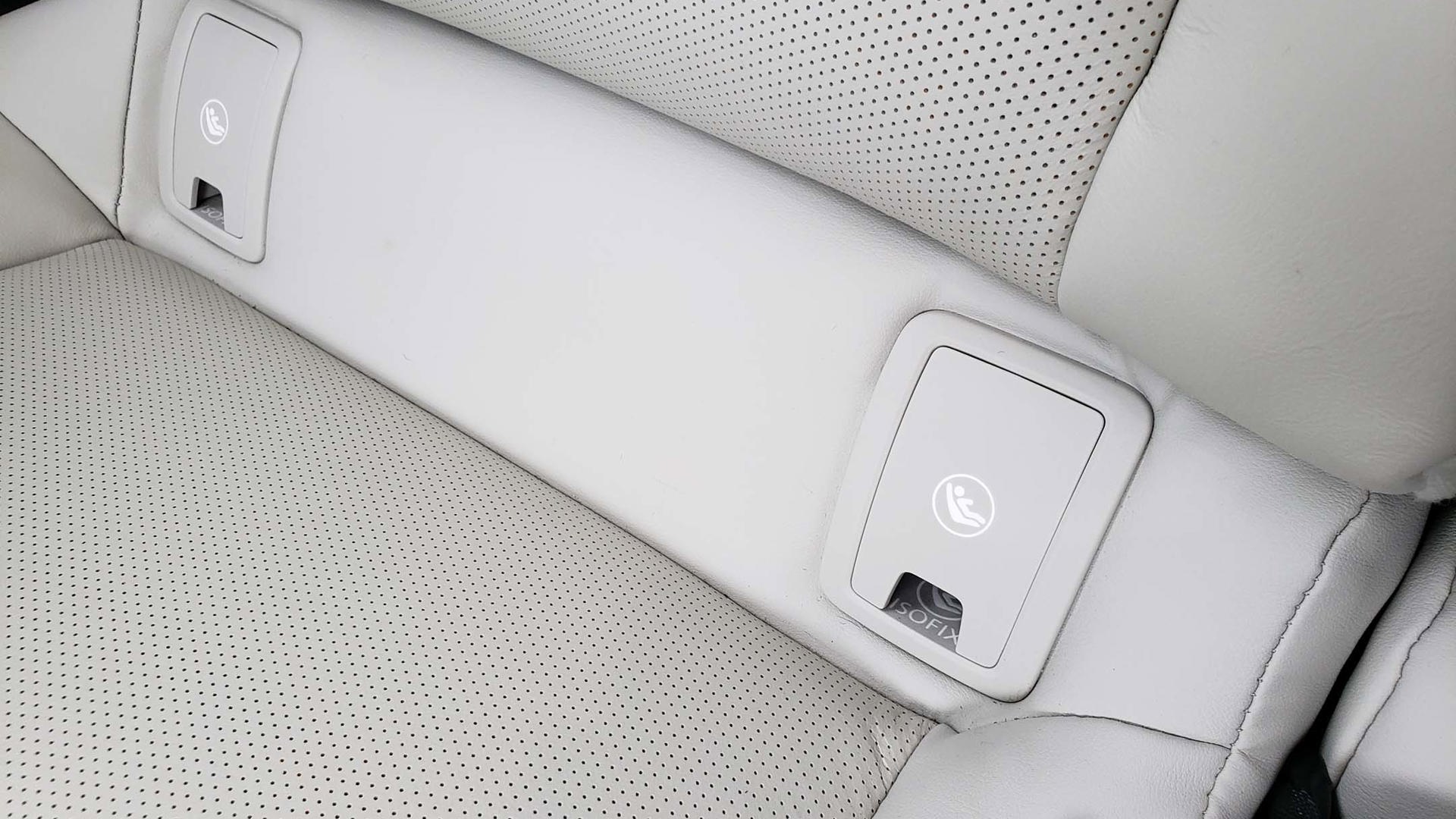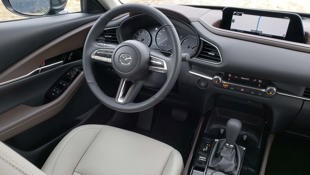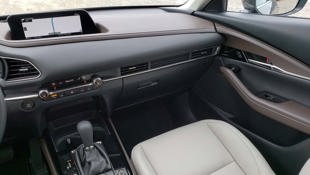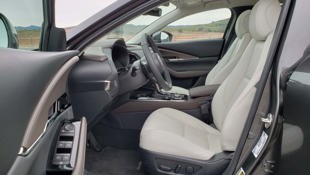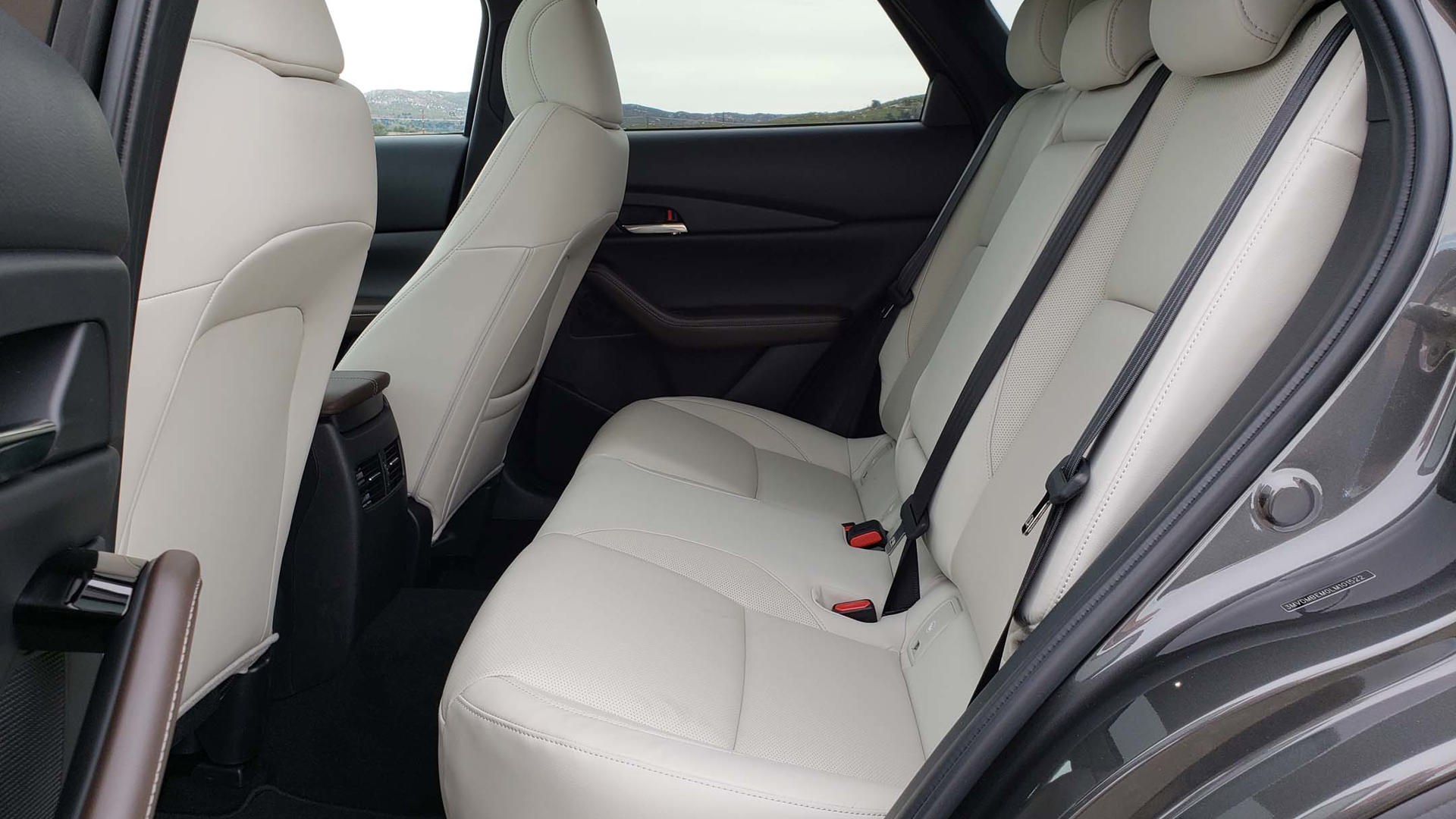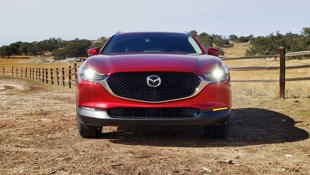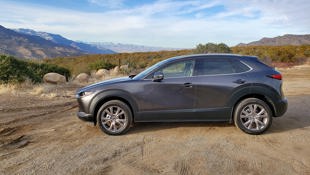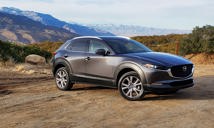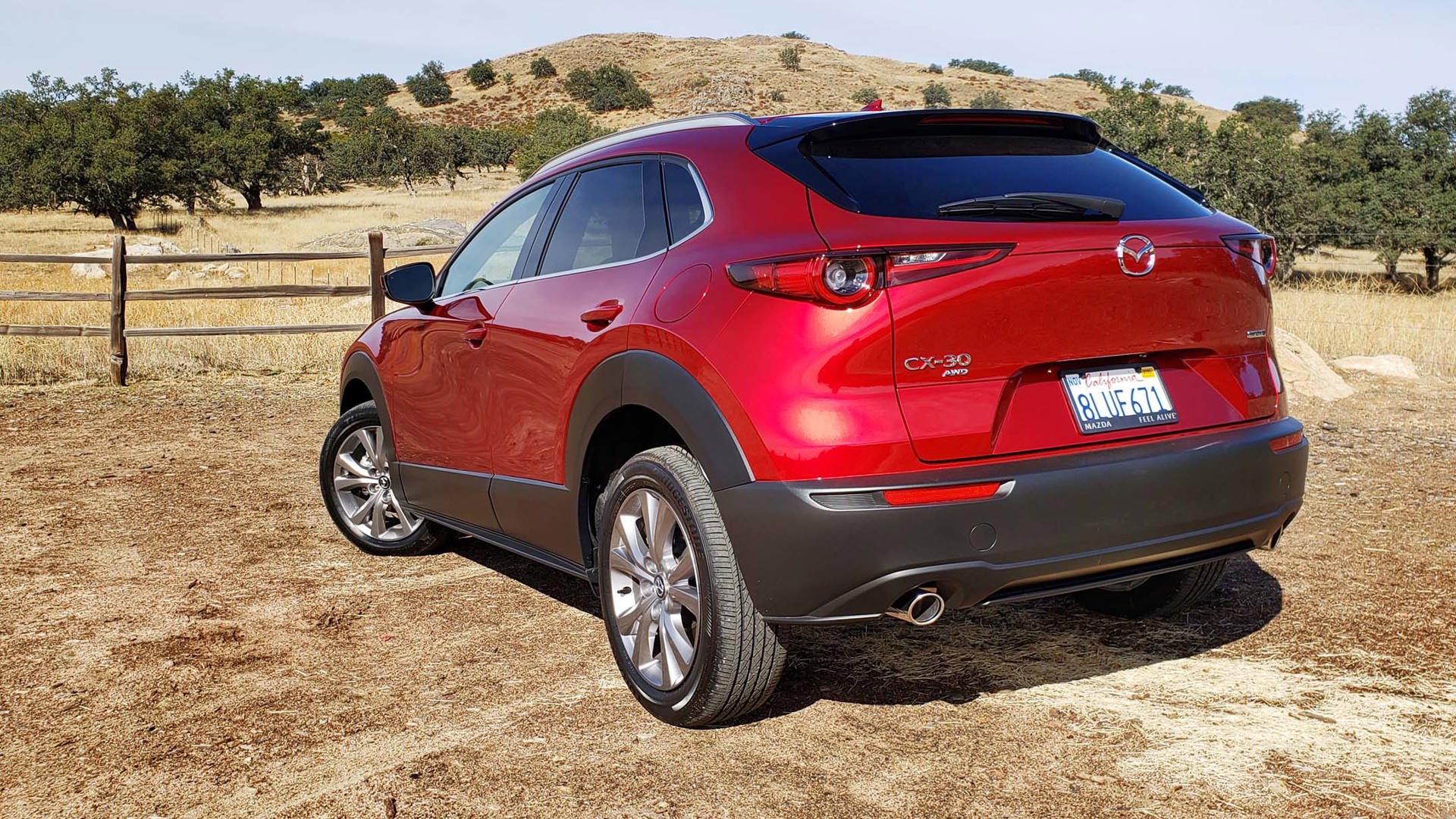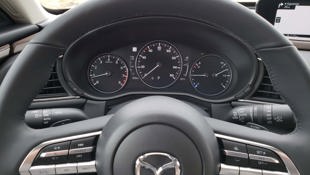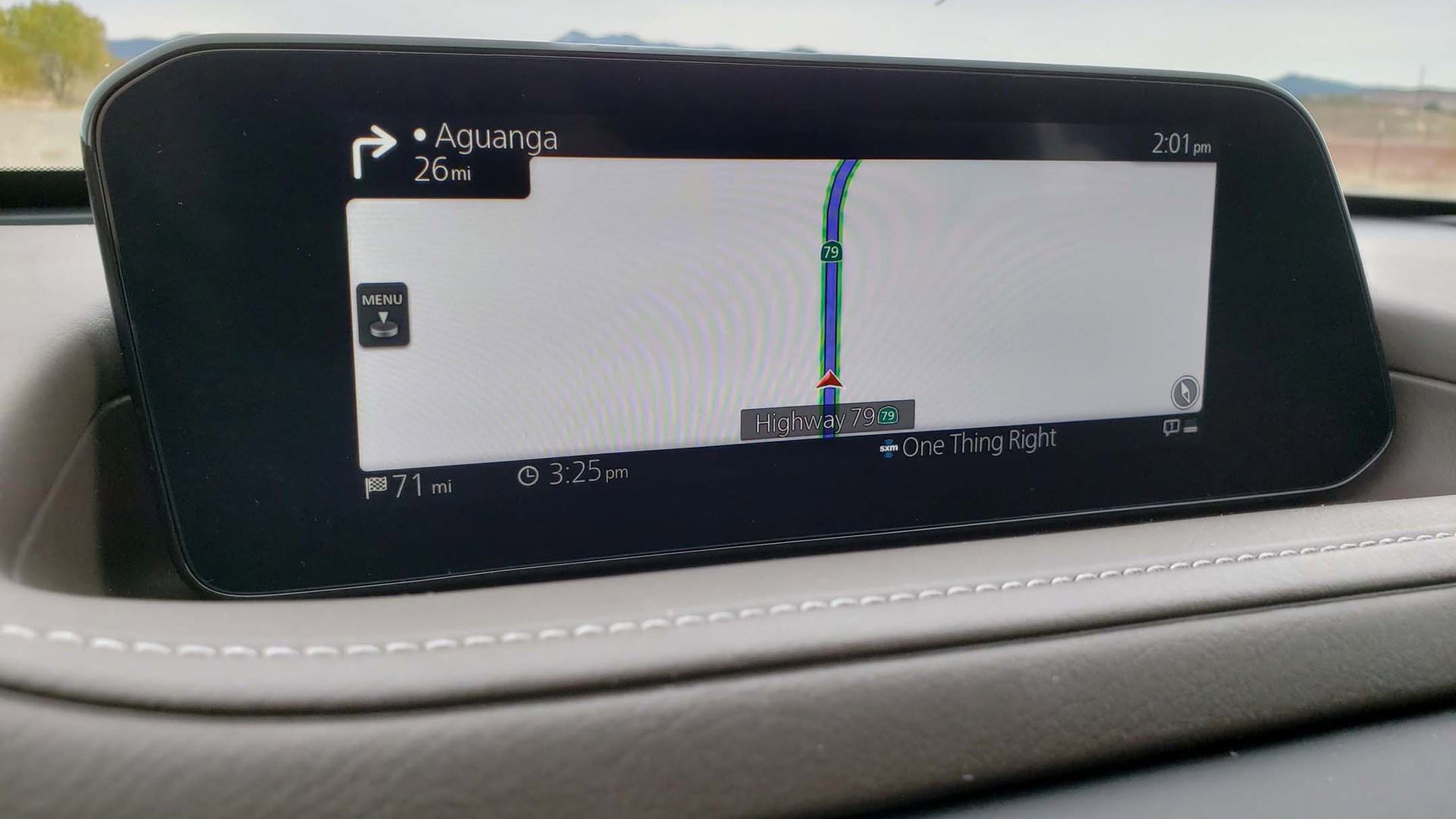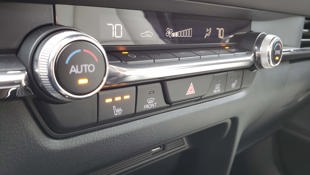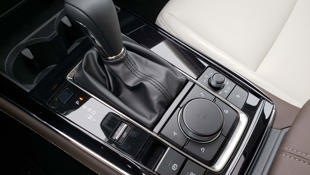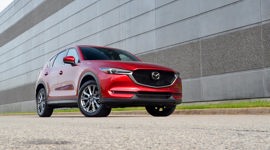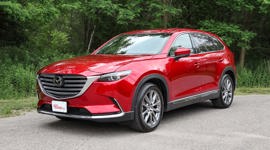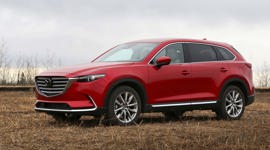Can there be such a thing as too many crossovers?
For today’s automotive market, it seems not. With third rows being wedged into two-row bodies and five-seat configurations as long as pick-ups, we’ve been beyond the realm of small, medium, and large for a while now.
Mazda thinks they’ve hit on something by introducing the CX-30, which is meant to slot into the brand’s crossover lineup between the subcompact CX-3 and compact CX-5. With this new entry being positioned against the Nissan Qashqai, Subaru Crosstrek, Hyundai Kona, and other similarly dimensioned products, this means that Mazda is now effectively selling two subcompact crossovers.
And in my view, this is the one that will far and away be their winner.
That’s no slight against the CX-3. But in North America at least, it’s often seen as too small to be practical, even among the urban set, and too different from the very stylish design language seen throughout the rest of the Mazda lineup. The CX-30 benefits from many of the advancements found in the new Mazda3 with which it shares a platform, is well-proportioned for city life without being too restricting, and looks exactly like a miniature version of the very fashionable CX-5.
It’s an incredibly strong entry into the industry’s fastest-growing segment, and it’s arrived just in time.
Shame about the name, though
Yeah, the name is weird. Evidently, Mazda’s reticence to using the name CX-4 has nothing to do with the number 4, which one might assume given that the Japanese word for the number 4 sounds identical to the word for death.
Instead, when asked about this, Mazda representatives simply replied: Google it. There’s already a Mazda CX-4 that’s sold exclusively in China, and it’s in no way related to this car, so the company decided to give it a different name to evade all opportunity for confusion.
Still, even my kid said to me, “Then why not call it CX-40? Doesn’t that make more sense than CX-30?”
But it’s done now, and here we are. What’s in a name, anyway?
Small, but not all the way small
In trying to wrap my head around exactly where the CX-30 falls size-wise relative to other Mazda products and its competition – and therefore understand why it needs to exist – I found myself wanting to compare some key measurements. Since I’m sure I’m not the only one who’s curious, here’s what I found:
|
|
Length (mm) |
Width (mm, w/mirrors) |
Height (mm) |
Wheelbase (mm) |
Cargo (L) |
|
Mazda CX-3 |
4,274 |
2,049 |
1,542 |
2,570 |
452/408 (GT) |
|
Mazda CX-30 |
4,395 |
2,040 |
1,568 |
2,652 |
572 |
|
Mazda CX-5 |
4,550 |
2,115 |
1,680 |
2,698 |
875 |
|
Hyundai Kona |
4,165 |
2,057 |
1,565 |
2,600 |
544 |
|
Nissan Qashqai |
4,379 |
2,070 |
1,588 |
2,647 |
566–648 |
|
Subaru Crosstrek |
4,465 |
2,020 |
1,615 |
2,665 |
588 |
So, yes, as it turns out, there clearly is a space between the CX-3 and CX-5 that several smaller crossovers are occupying, and the CX-30’s dimensions allow Mazda to compete with them more directly. And if the question is whether the CX-3 will have anyone left to play with, it looks like the Kona sits closer to that than to CX-30. Welcome to the brave new world of compact, subcompact, and “micro-compact” crossovers.
Another important measurement in SUVs is ground clearance. While the CX-30 doesn’t quite get all the way to the Crosstrek’s 22 cm, it does measure up at 20 cm, better than the Qashqai’s 18.5 cm and the Kona’s 17 cm. That gives the CX-30 a comfortable amount of room for Canadian winters, subcompact or otherwise.
Familiar engines
This won’t be the last time this review mentions the CX-30’s similarity to the Mazda3. They have a lot in common thanks to a shared platform and powertrain configurations. The key thing that’s missing in the CX-30 that you can still find in the Mazda3 is a manual transmission. Sadly, Mazda says they don’t sell enough manuals in crossovers anymore to justify making it available.
The engines on offer are the same, though: a 2.0-litre four-cylinder Skyactiv-G engine with 155 hp and 150 lb-ft of torque from 4,000 rpm, available with both front- and all-wheel drive; and a 2.5-litre four-cylinder Skyactiv-G engine making 186 hp and 186 lb-ft of torque from 4,000 rpm, available with front- and all-wheel drive; the latter engine is also available with cylinder deactivation, available exclusively with all-wheel drive on the GT top trim.
Here are the Natural Resources Canada fuel consumption figures for these combinations:
|
|
City (L/100 km) |
Highway (L/100 km) |
|
2.0L FWD |
8.9 |
7.1 |
|
2.0L AWD |
9.4 |
7.7 |
|
2.5L AWD |
9.3 |
7.1 |
|
2.5L AWD |
9.9 |
7.7 |
|
2.5L AWD w/ CD |
9.5 |
7.4 |
The key takeaway here is that the 2.5-litre engine doesn’t impose all that much of a fuel economy penalty, especially if you do a fair amount of highway driving. During our testing of the CX-30 in California, the amount of power from the 2.5-litre came across as pretty close to ideal to me. But I tend to like my cars to have a bit of get-up-and-go; while I wouldn’t want to live with much less, the 2.0-litre would likely provide enough for those people who don’t consider outright performance to be much of a priority. Overall, the drive feel is very smooth and engaging, a great combination for a crossover of this size.
Benefitting from experience
Again, the CX-30 benefits greatly from the work already done on the Mazda3 in aspects such as the well-considered cockpit layout and infotainment system, the sweeping curves of the exterior design, the available Bose 12-speaker premium sound system – one of the best you’ll find in any car priced under $40,000 – and the revised suspension, all-wheel drive, and GVC-Plus handling support system. The designers even agonized over ensuring that the interior lighting uses matching shades of white.
What’s new on the CX-30 is the addition of the Off-road Traction Assist button, which helps with navigating rough terrain by defaulting to maximum rear-axle torque and telling the traction control system to permit full engine torque and apply aggressive braking to spinning wheels. This mode will be integrated into the CX-30 from launch, and it’s also making its way into the CX-5 Turbo and CX-9 for the 2020 model year.
The interior here is toned down relative to the Mazda3, particularly in comparison to the red that’s available in the hatch, but it’s similar overall in aesthetic and quality. I wasn’t sold on it when I saw it in photos, but I like it much better in real life. The entry-level GX trim has a navy blue colour scheme, which Mazda says is meant to appeal to a younger audience. This wasn’t available to view during our initial test drives, but I’m intrigued – it could be amazing, or it could be awful. The decision will have to be left to the eye of the beholder.
As for the interior experience, it’s universally very positive apart from two points. The plastic cladding used on the CX-30 seems to introduce more road noise through the wheel wells than is present on the Mazda3, which means its interior is slightly less quiet. And while the centre armrest and infotainment interface are well-positioned for me, I find that the cupholders are so far forward on the centre console that they’re a bit of a reach, and I have short legs. Taller drivers would be wise to verify their own fit during test drives.
The Verdict
The CX-30’s largest potential hindrance as Mazda continues its journey to premium is its current lack of choice. For example, while the Cadillac XT4 is a little too large to be a direct competitor here, it does offer premium luxury and sport derivatives that might help higher-budget buyers feel as though they’re getting more latitude in customizing their cars to their lifestyles. There isn’t much room for that in the CX-30 as it stands, though this may be alleviated somewhat if a Signature grade is in the works, which Mazda would neither confirm nor deny.
But relative to the mainstream competition, the 2020 Mazda CX-30 makes a solid argument for itself out of the gate and should quickly find itself a leader in its segment.
2020 Mazda CX-30 Canadian pricing and packaging
Pricing below includes freight and PDI of $1,950 plus $100 A/C tax. Some exterior colours cost extra.
Mazda CX-30 GX: $26,000
2.0-litre engine, six-speed automatic transmission, front-wheel drive
All-wheel drive: $2,000
Key standard equipment: Apple CarPlay and Android Auto, a navy blue interior with cloth seats, 16-inch alloy wheels, heated front seats, LED headlights, taillights, and daytime running lights, direct tire pressure monitoring system, push-button start, an eight-speaker sound system, blind spot monitoring, rear cross-traffic alert
Mazda CX-30 GS: $28,700
2.5-litre engine, six-speed automatic transmission, front-wheel drive
All-wheel drive: $2,000
Key equipment additions: 18-inch alloy wheels, heated steering wheel and exterior mirrors, rain sensing front wipers, auto on-off headlights, leather-wrapped steering wheel and shift knob, active cruise control, and a suite of safety technologies: Smart Brake Support and Smart City Brake Support, Forward Pedestrian Detection, Forward Obstruction Warning, Lane-keep Assist and Lane Departure Warning, automatic high beams, Driver Attention Alert
Luxury Package: $1,900 – leatherette upholstery, 10-way power adjustable driver’s seat with lumbar support and memory function, power glass moonroof, auto-dimming rear view mirror, exterior mirrors with memory and reverse tilt down function.
Mazda CX-30 GT: $35,900
2.5-litre engine with cylinder deactivation, six-speed automatic transmission, all-wheel drive
Key equipment additions: gunmetal finish wheels, power liftgate, adaptive and auto-levelling front lights, front wiper de-icer, auto-dimming exterior mirrors, piano black front grille, auto-tilting and memory exterior mirrors, Bose 12-speaker premium sound system, SiriusXM (three-month trial radio subscription, five-year trial Traffic Plus and Travel Link), on-board navigation, frameless rear-view mirror, leather upholstery, Smart Brake Support Rear, Smart Brake Support Rear Crossing, rear parking sensors, windshield-projected colour head-up display, Traffic Sign Recognition
